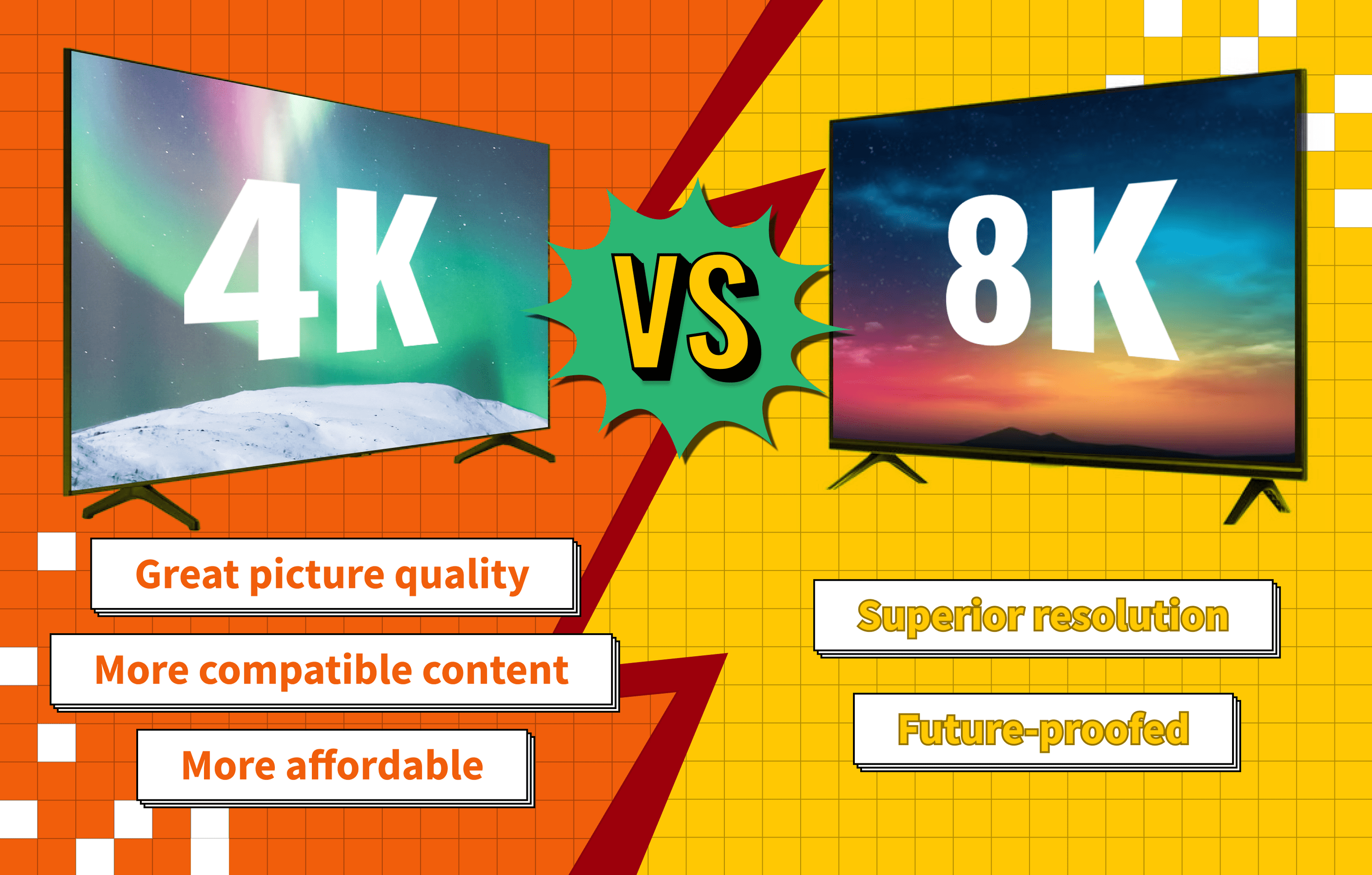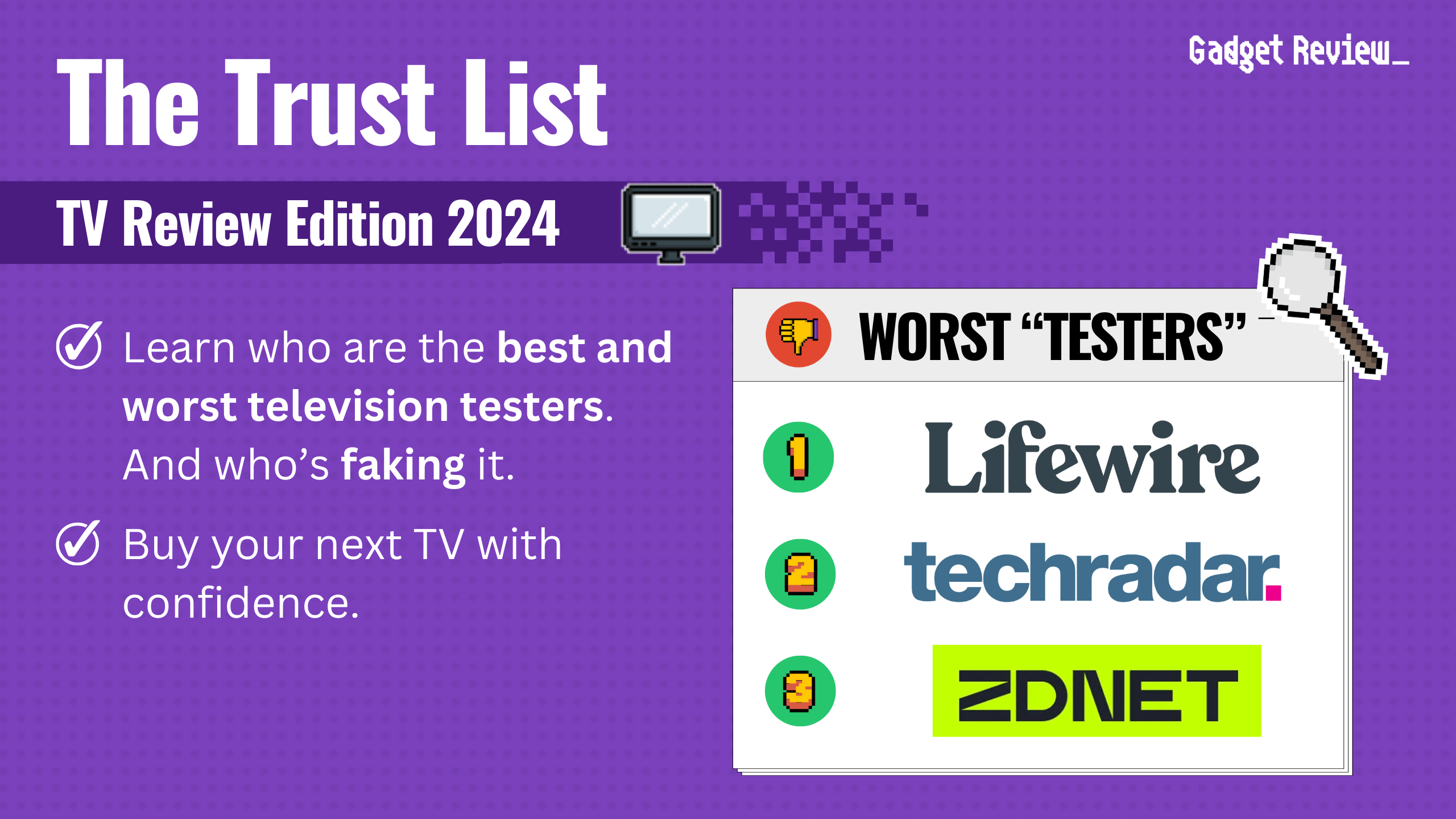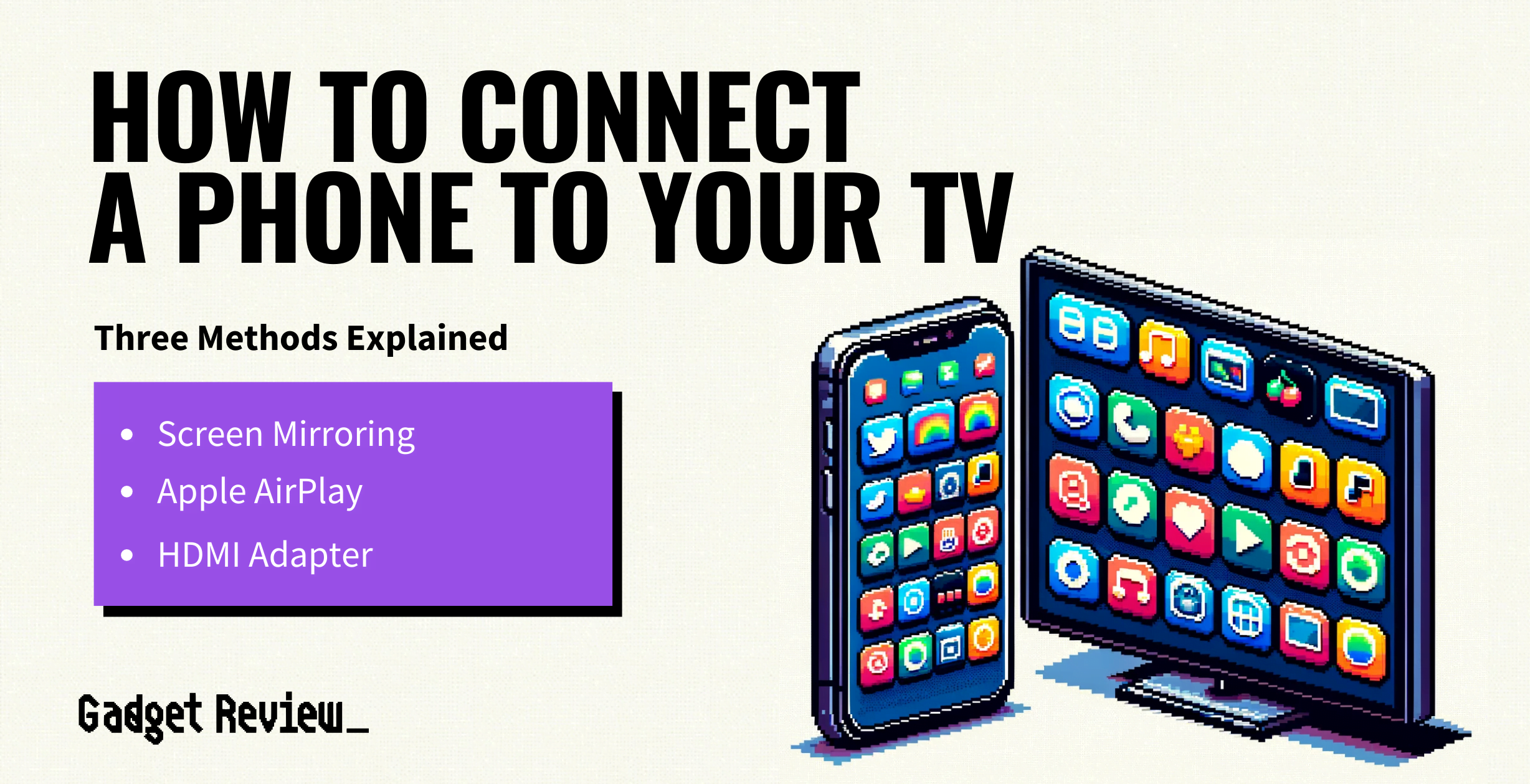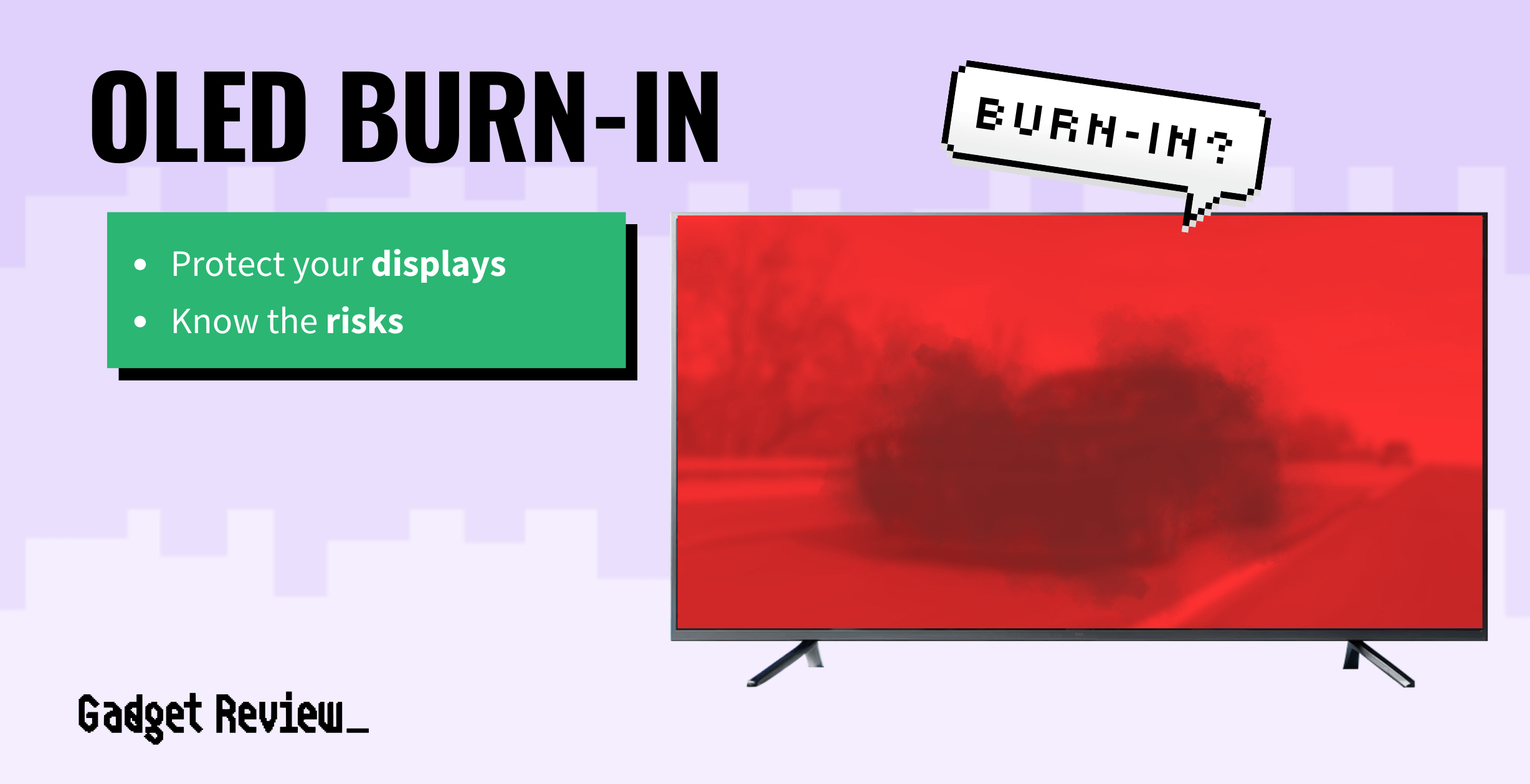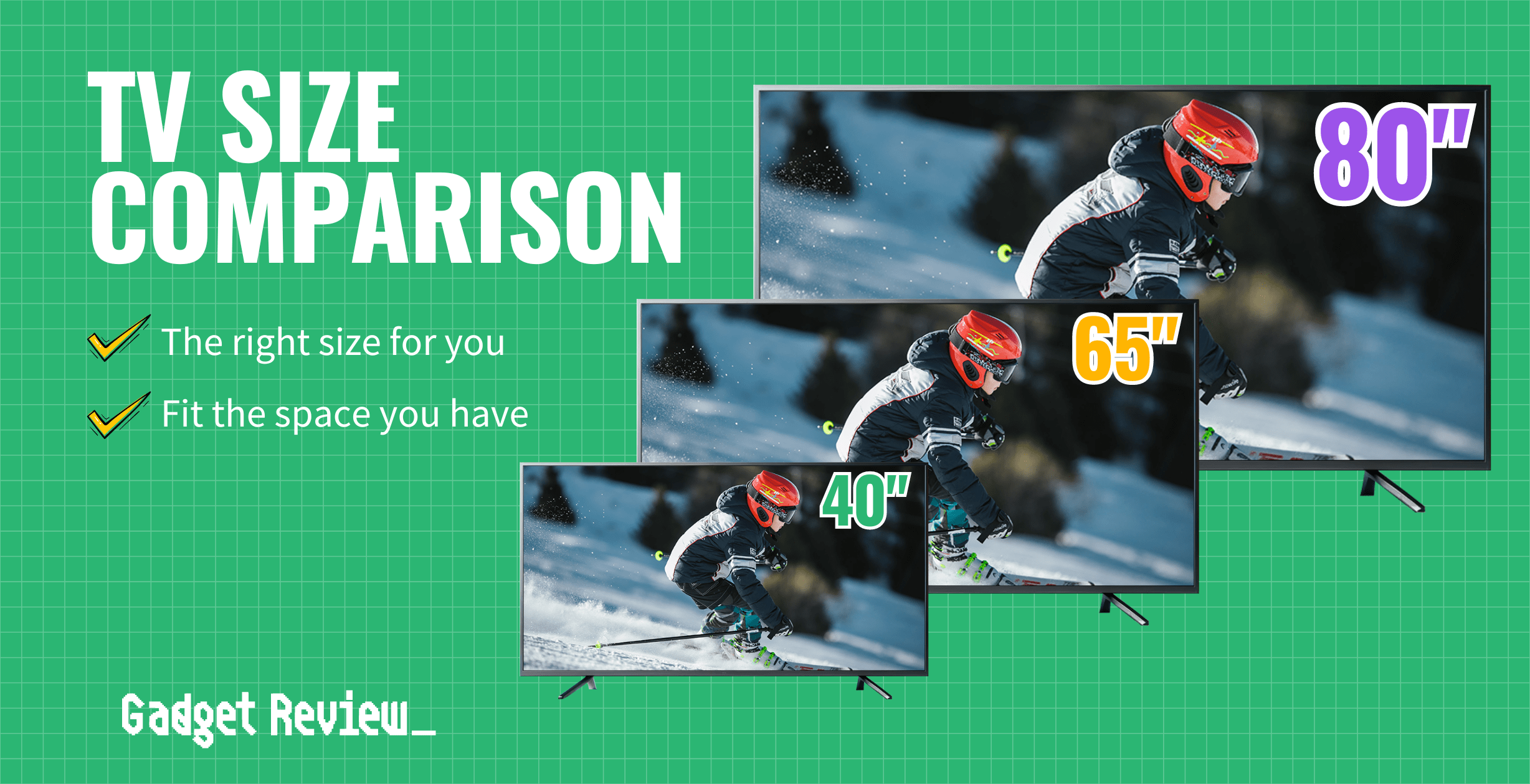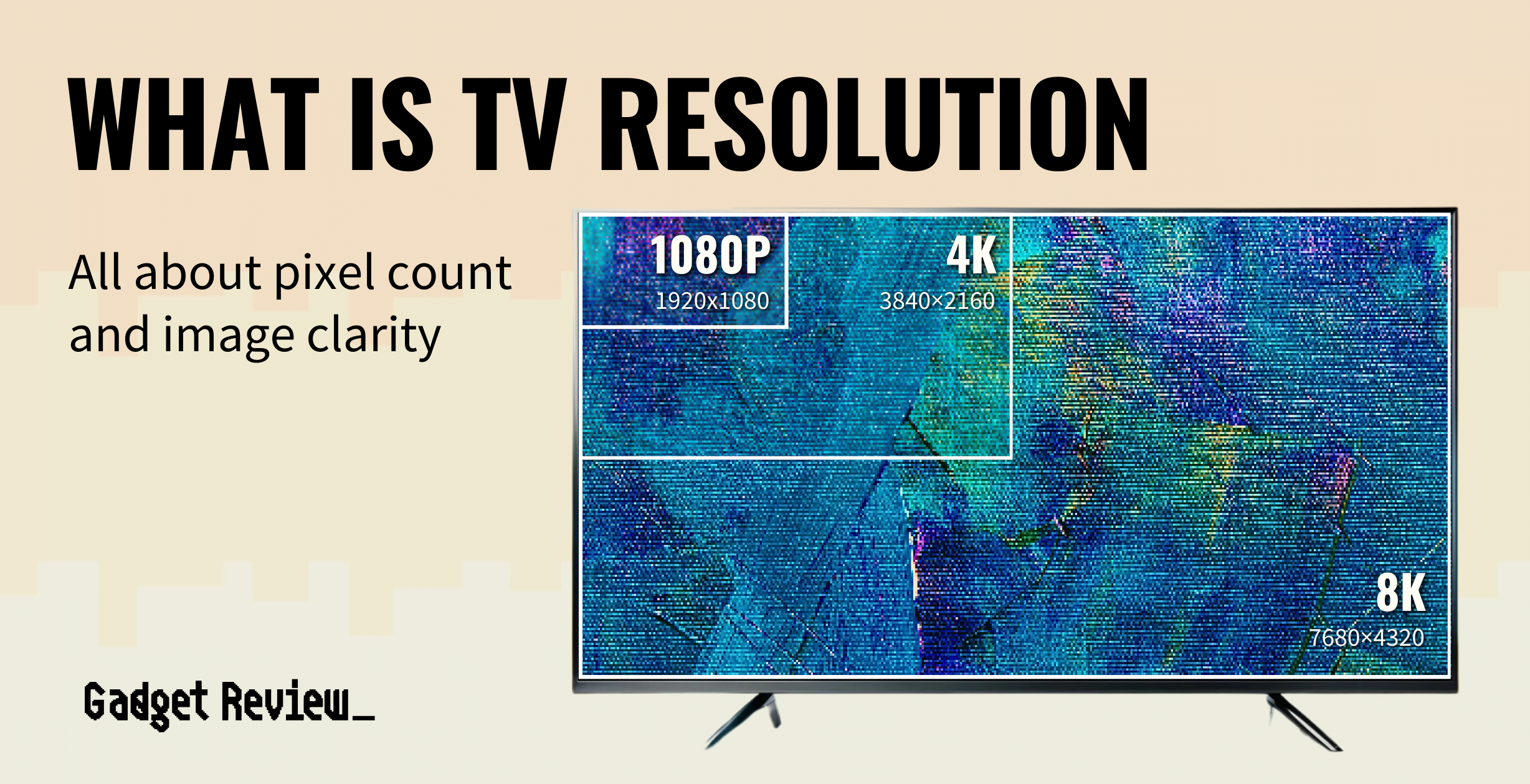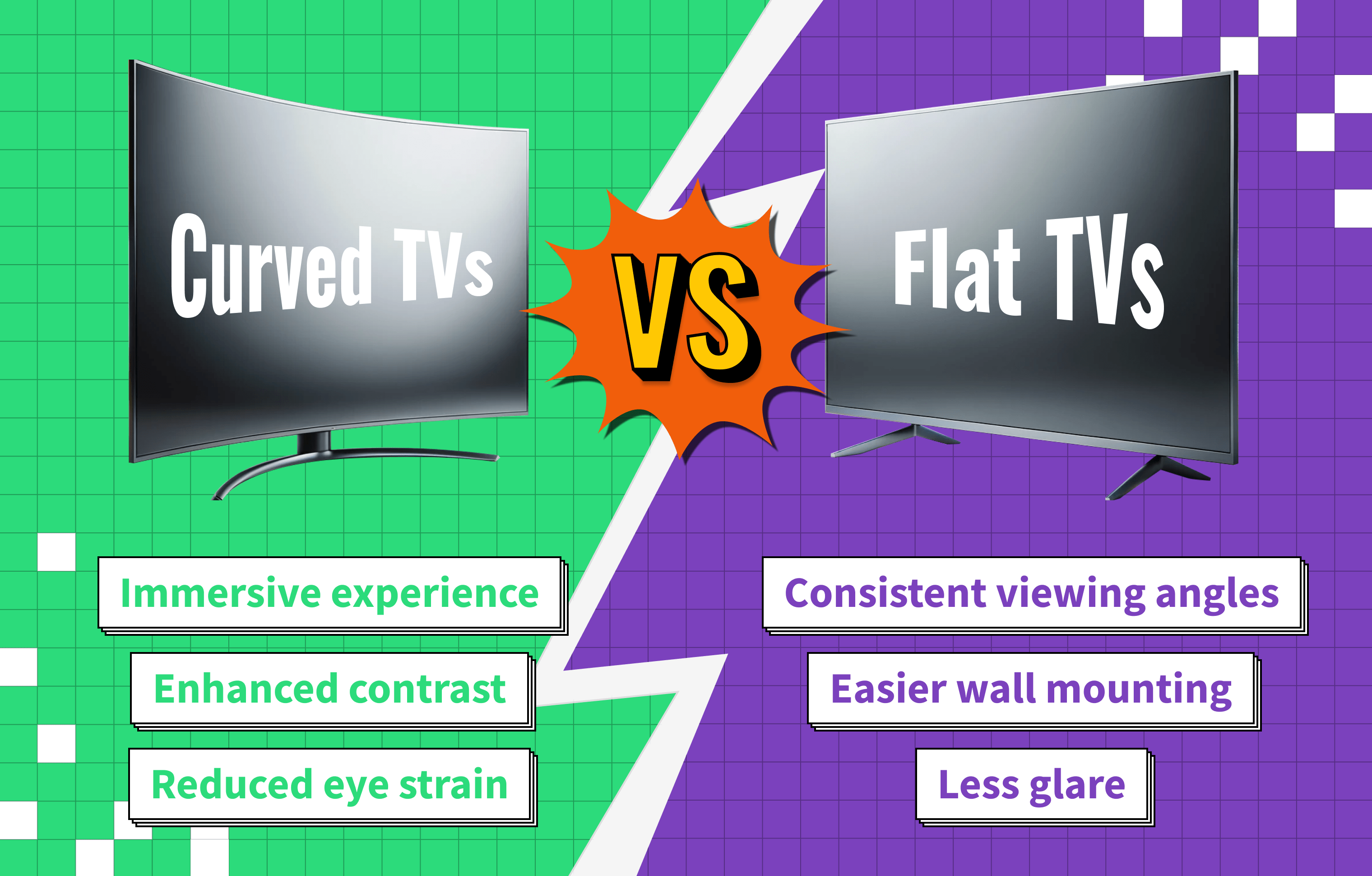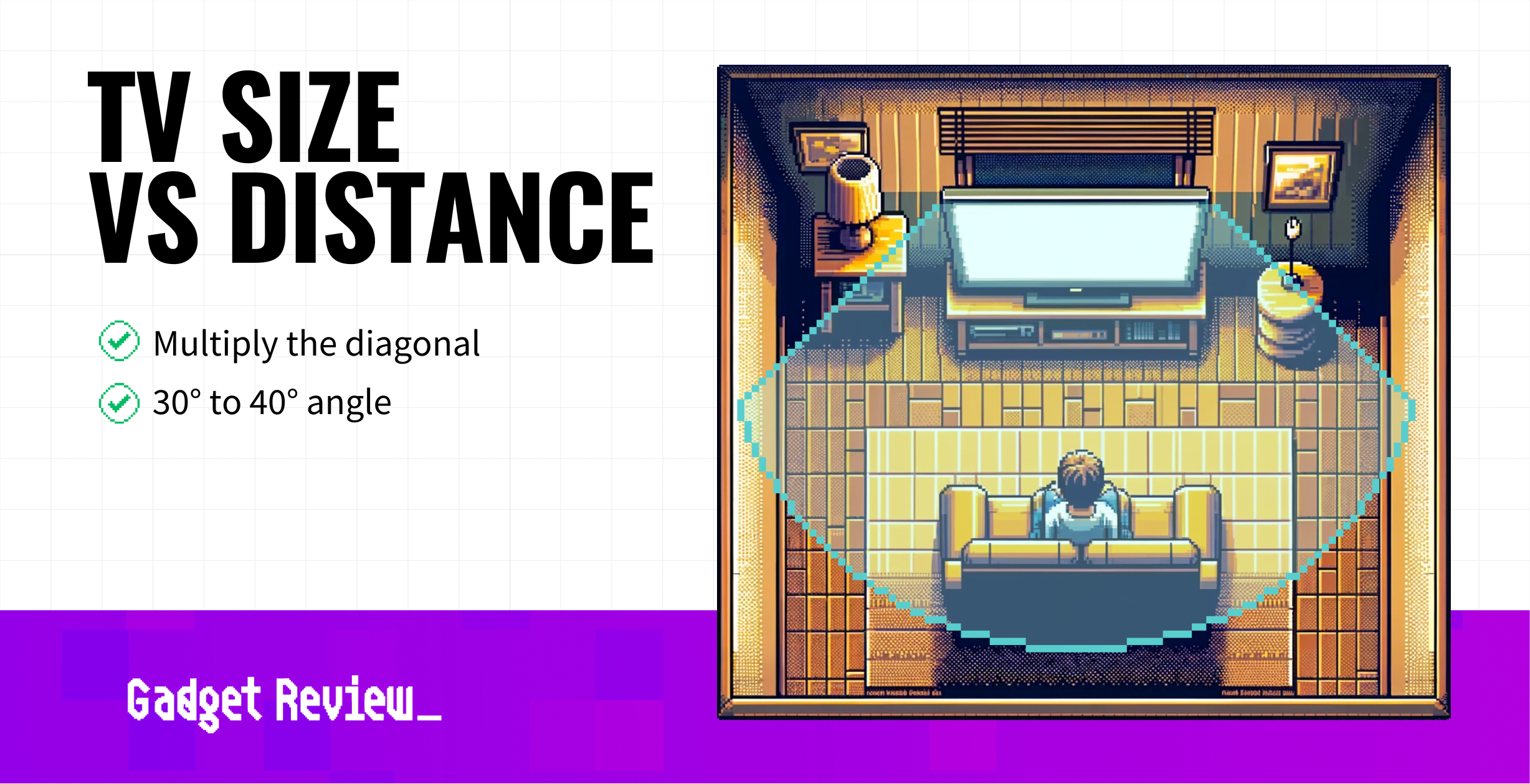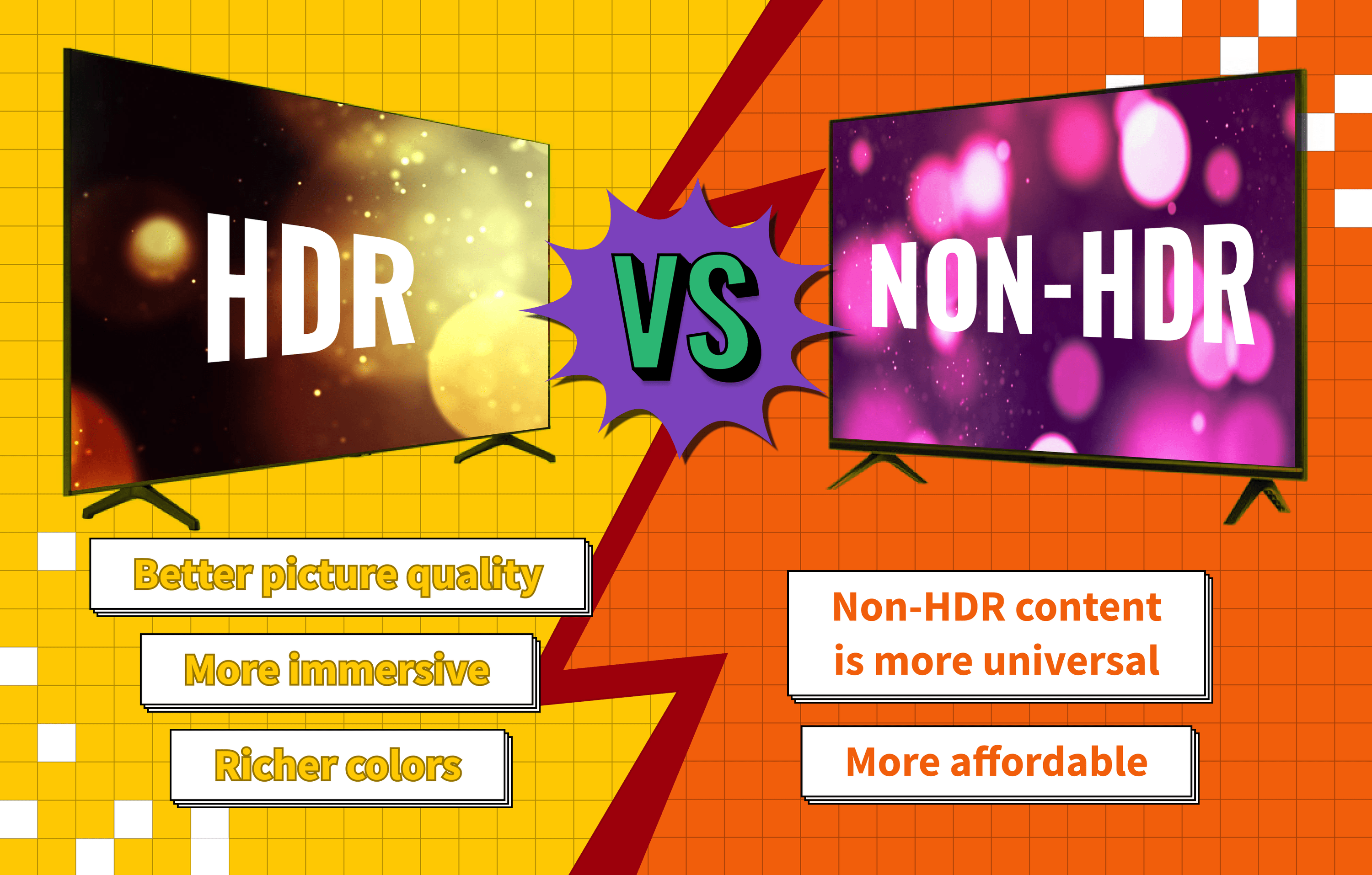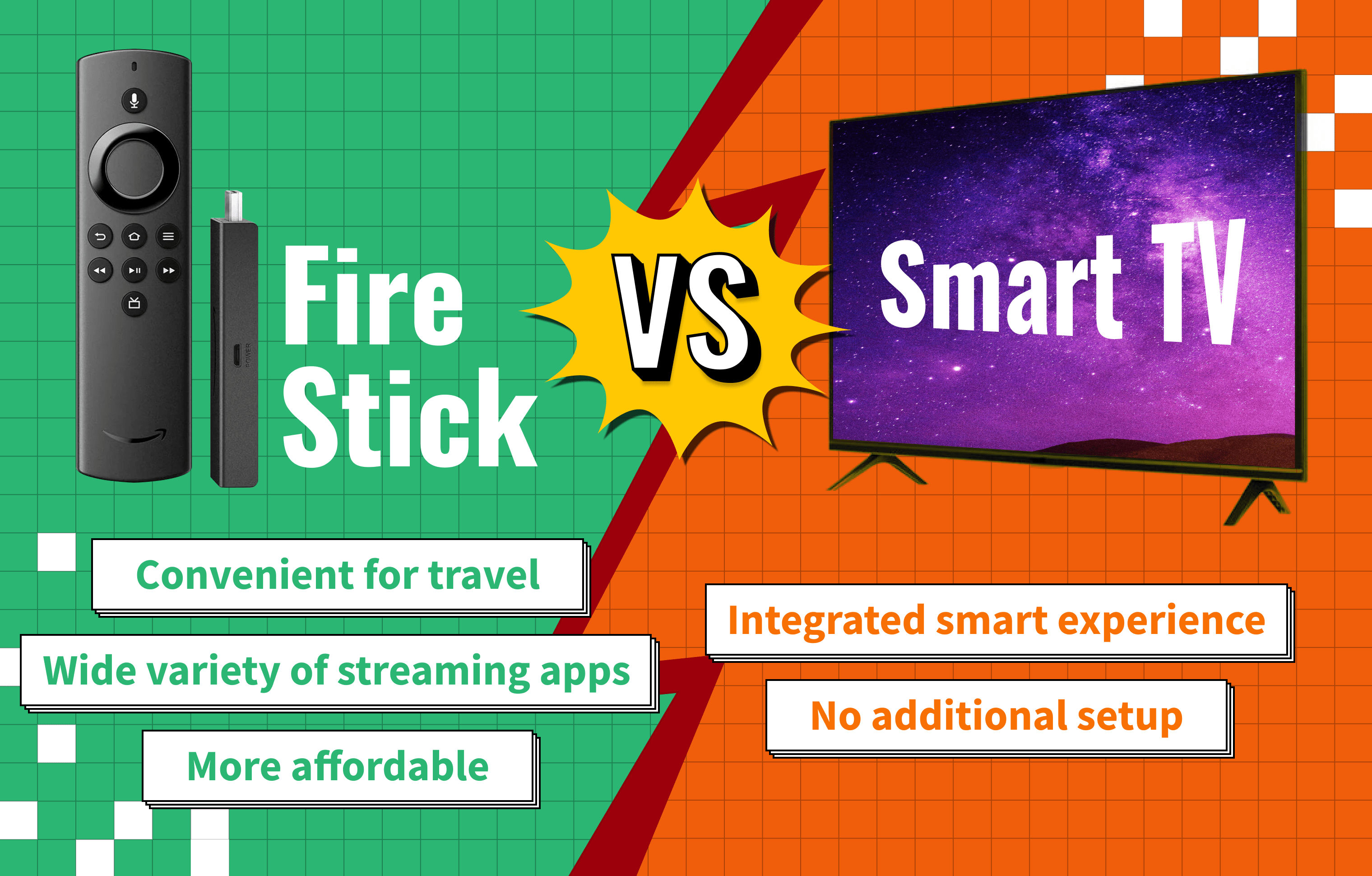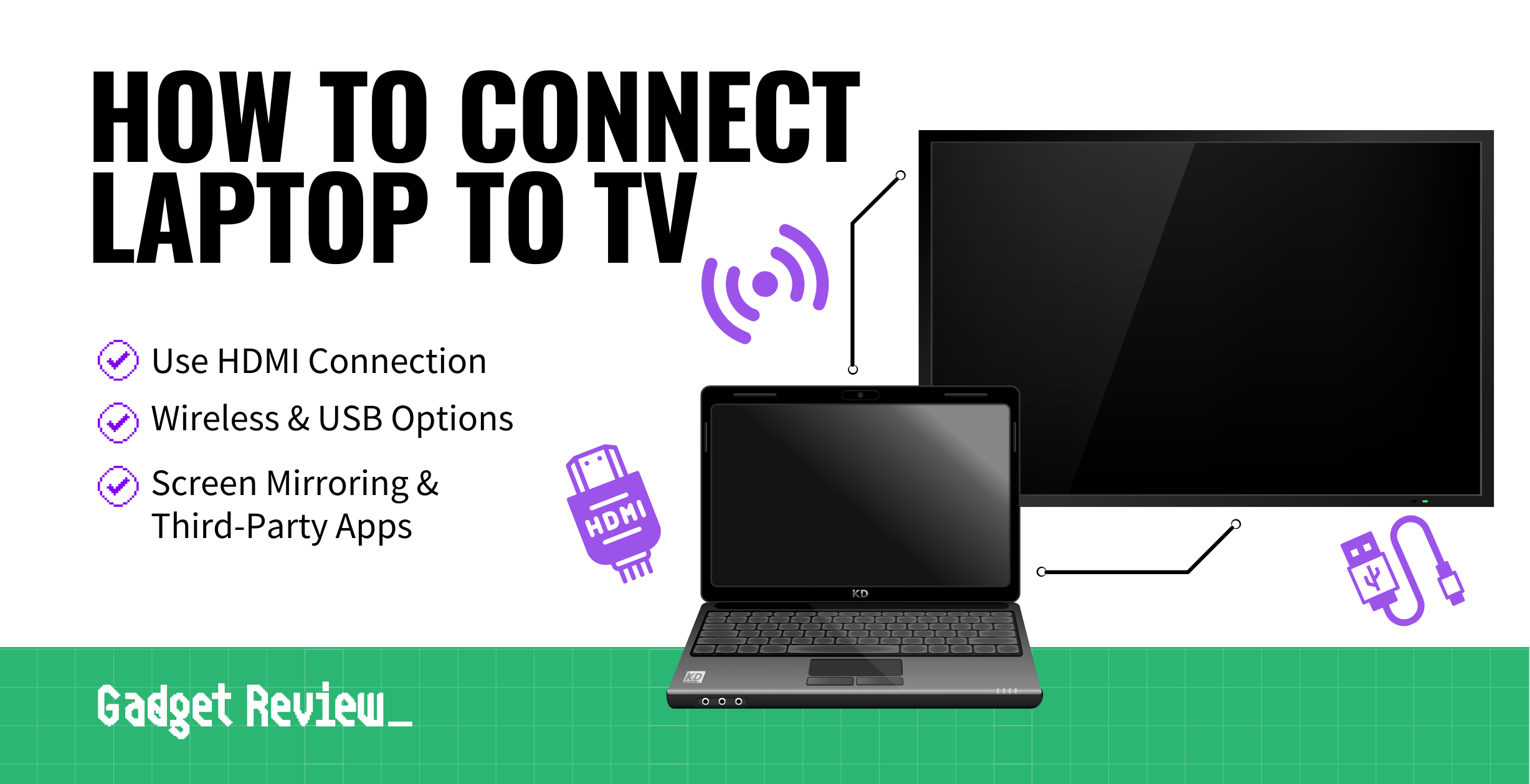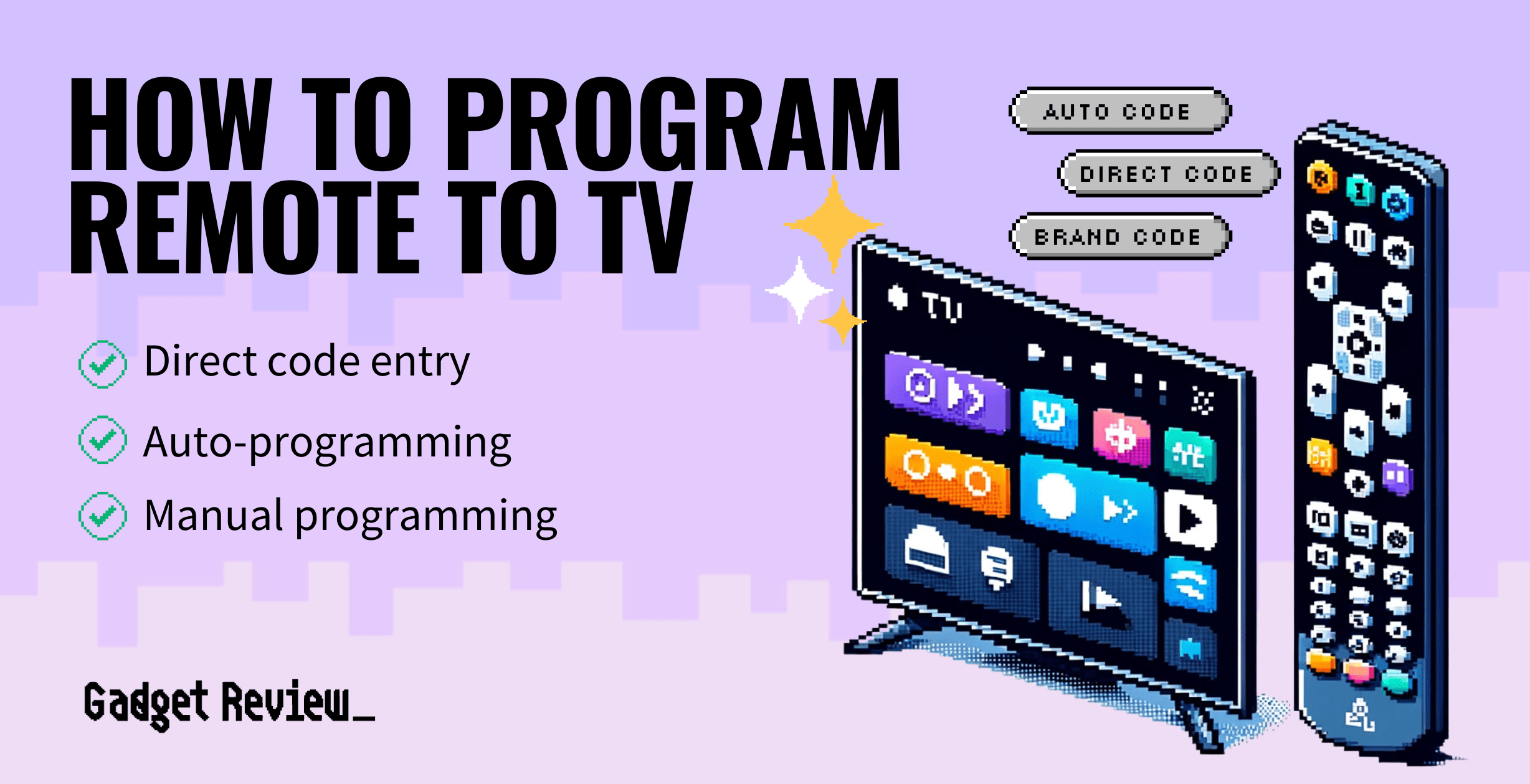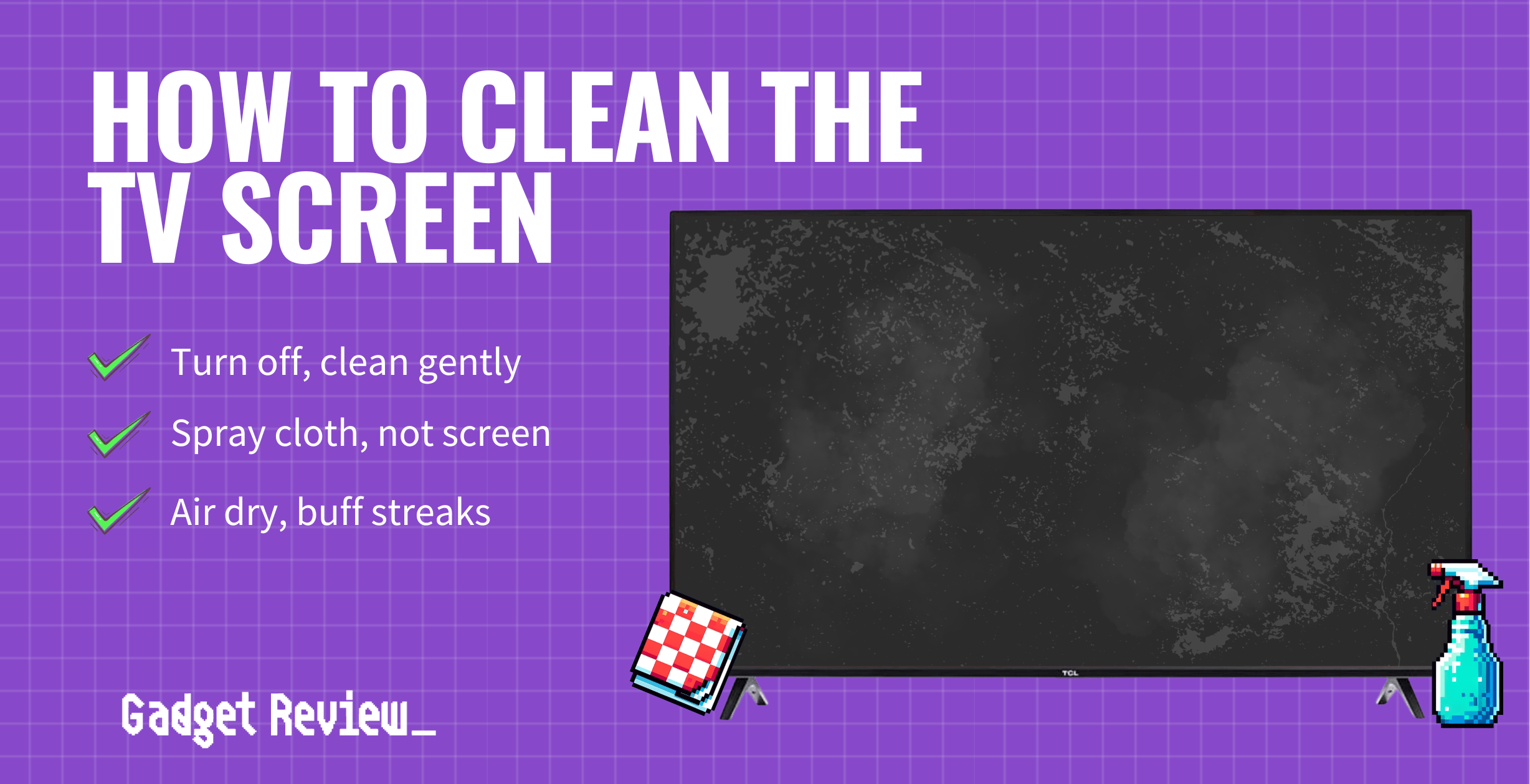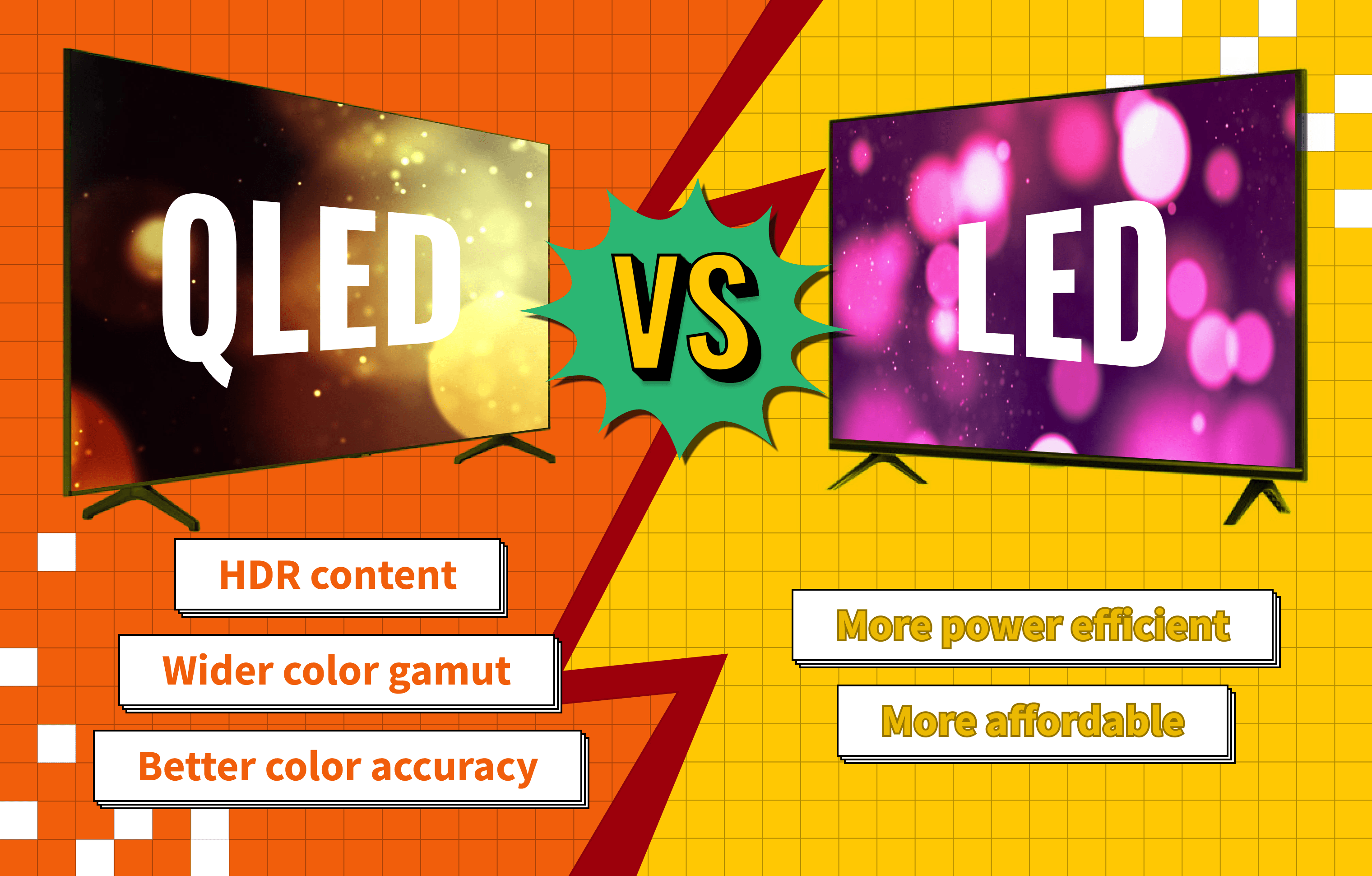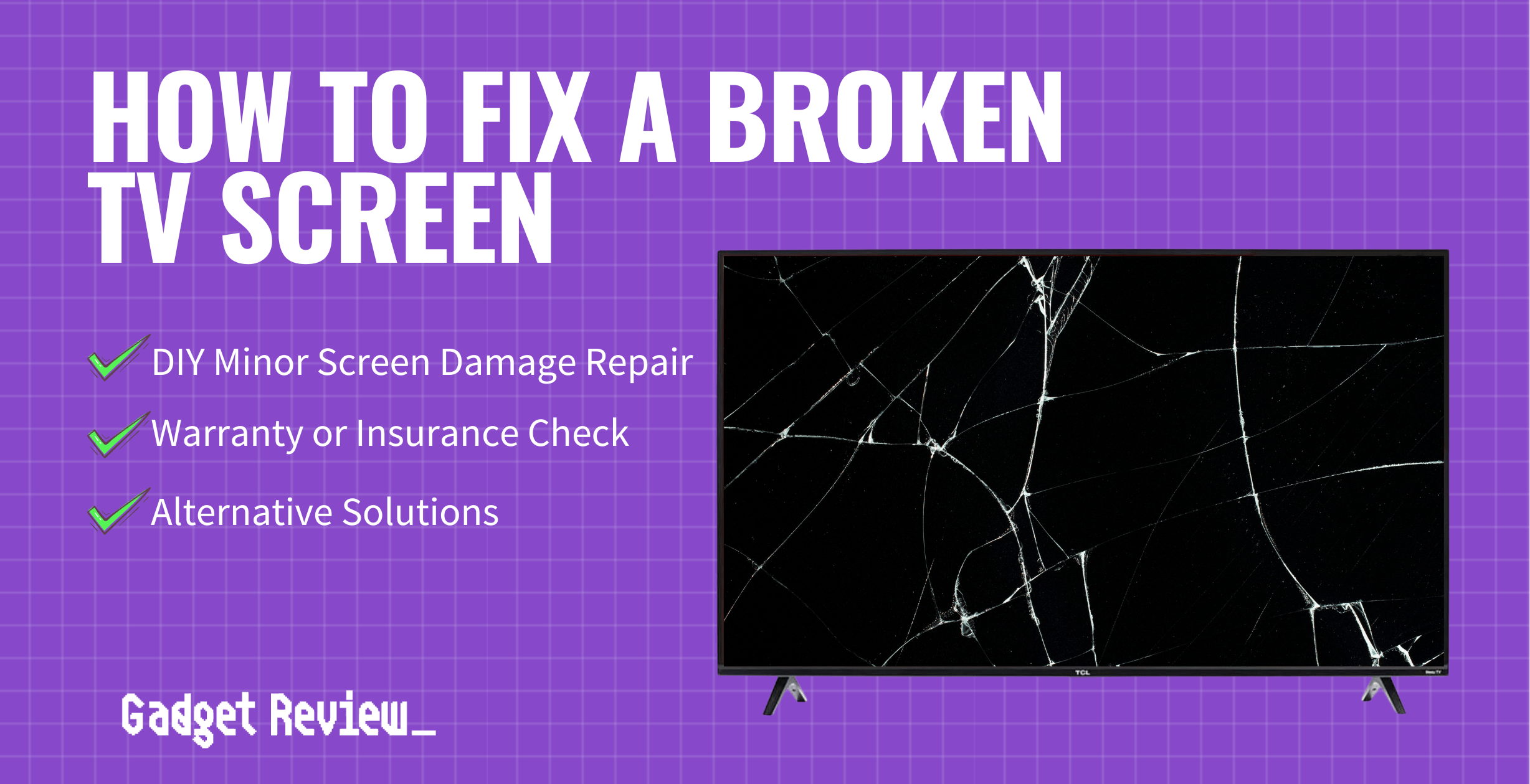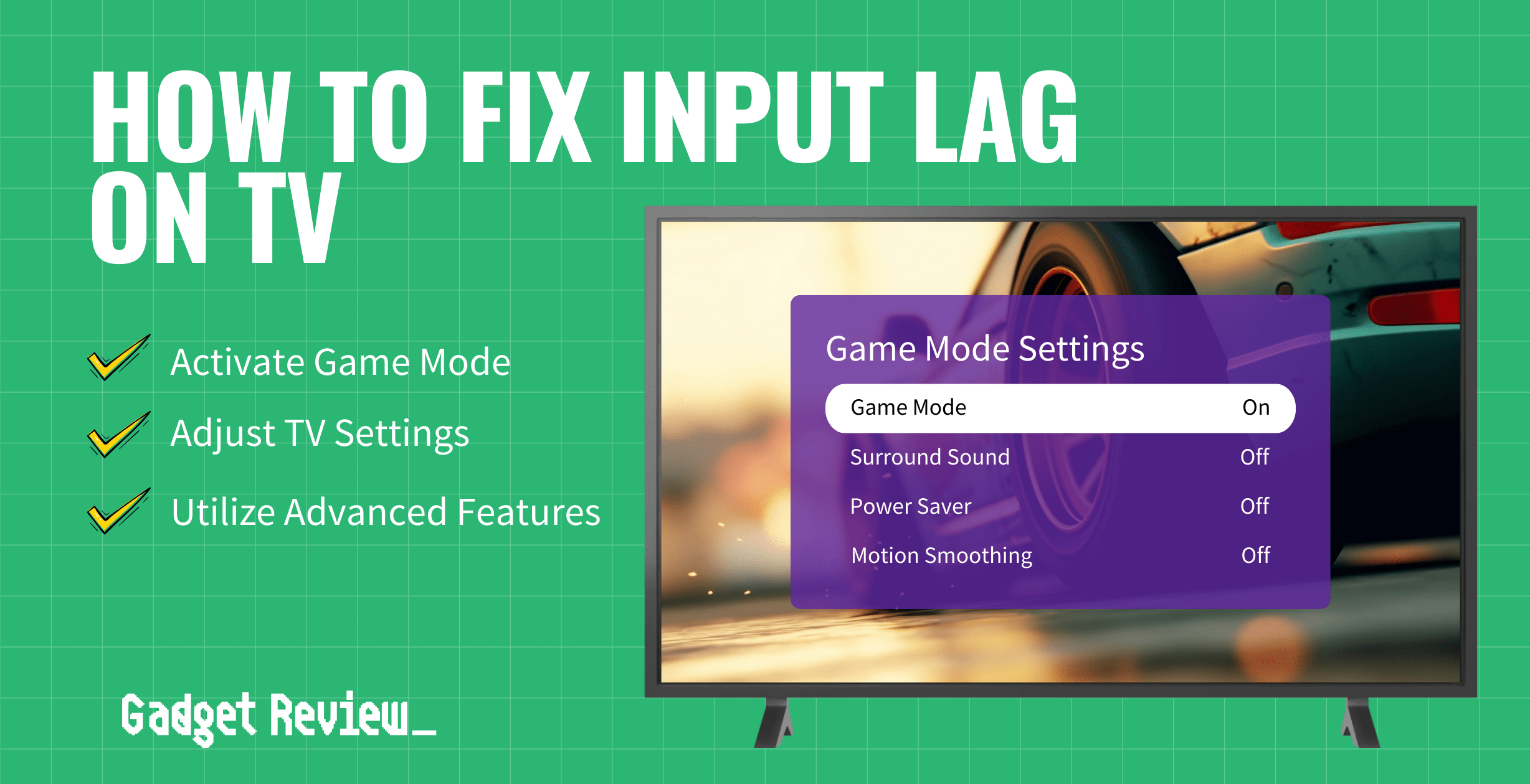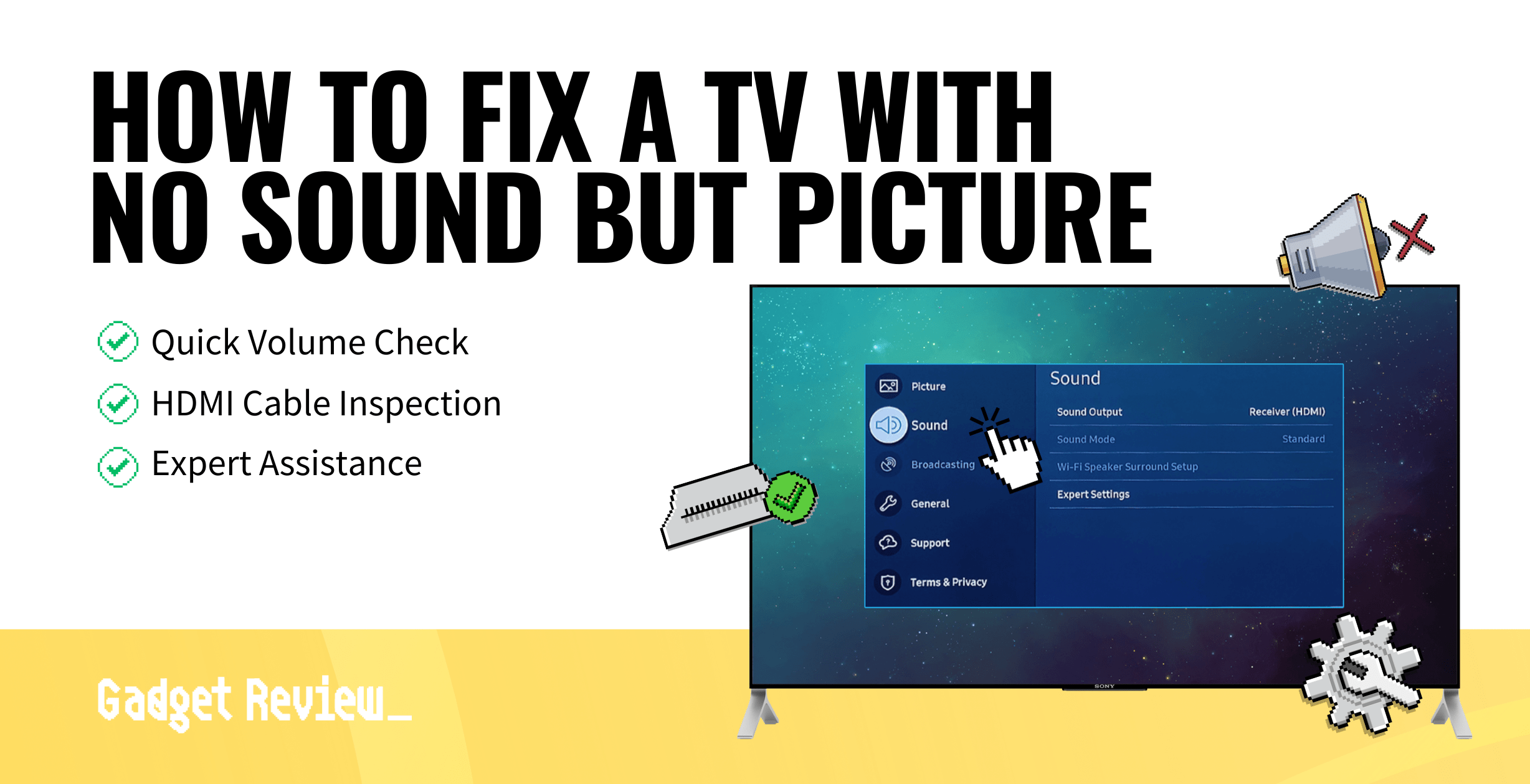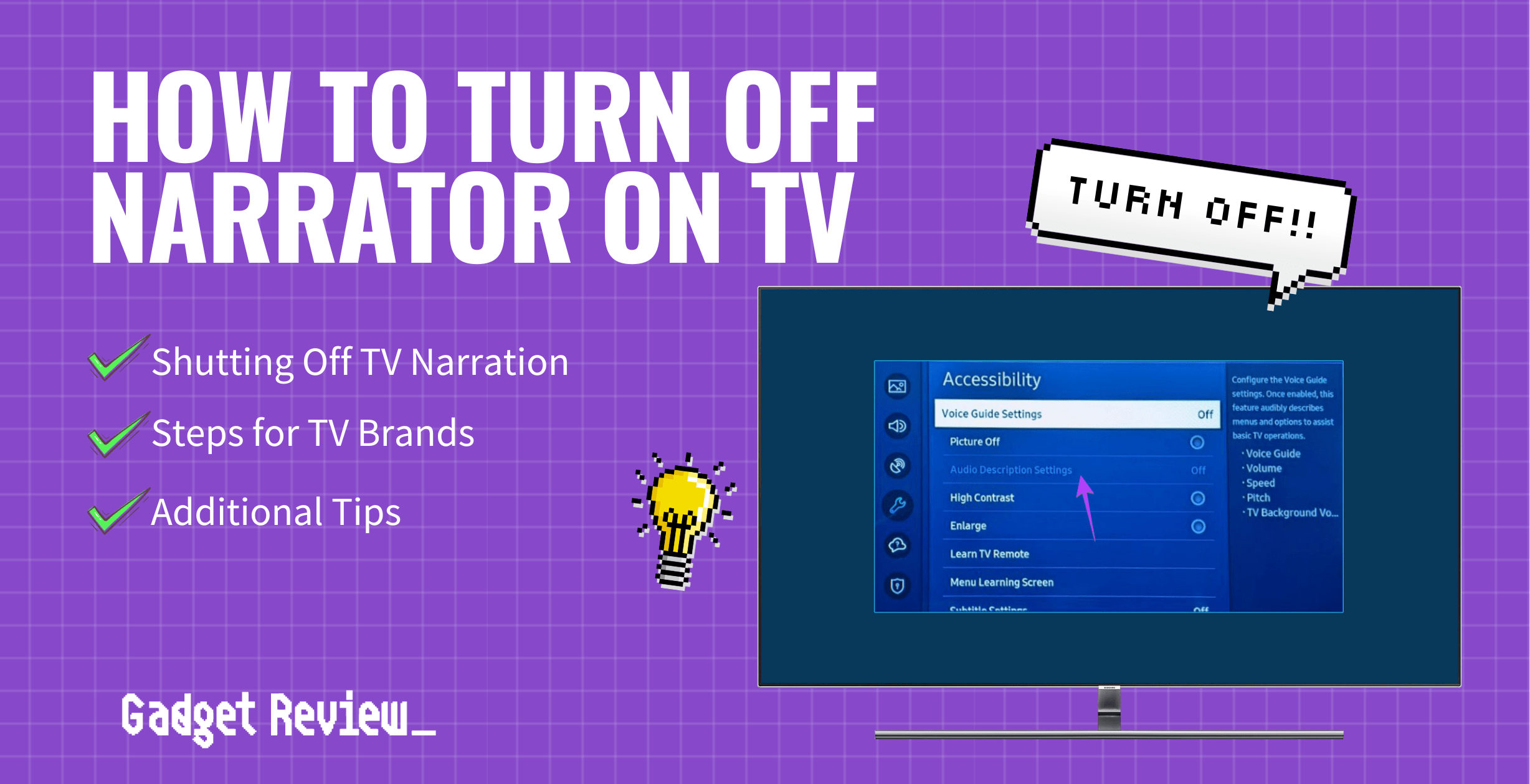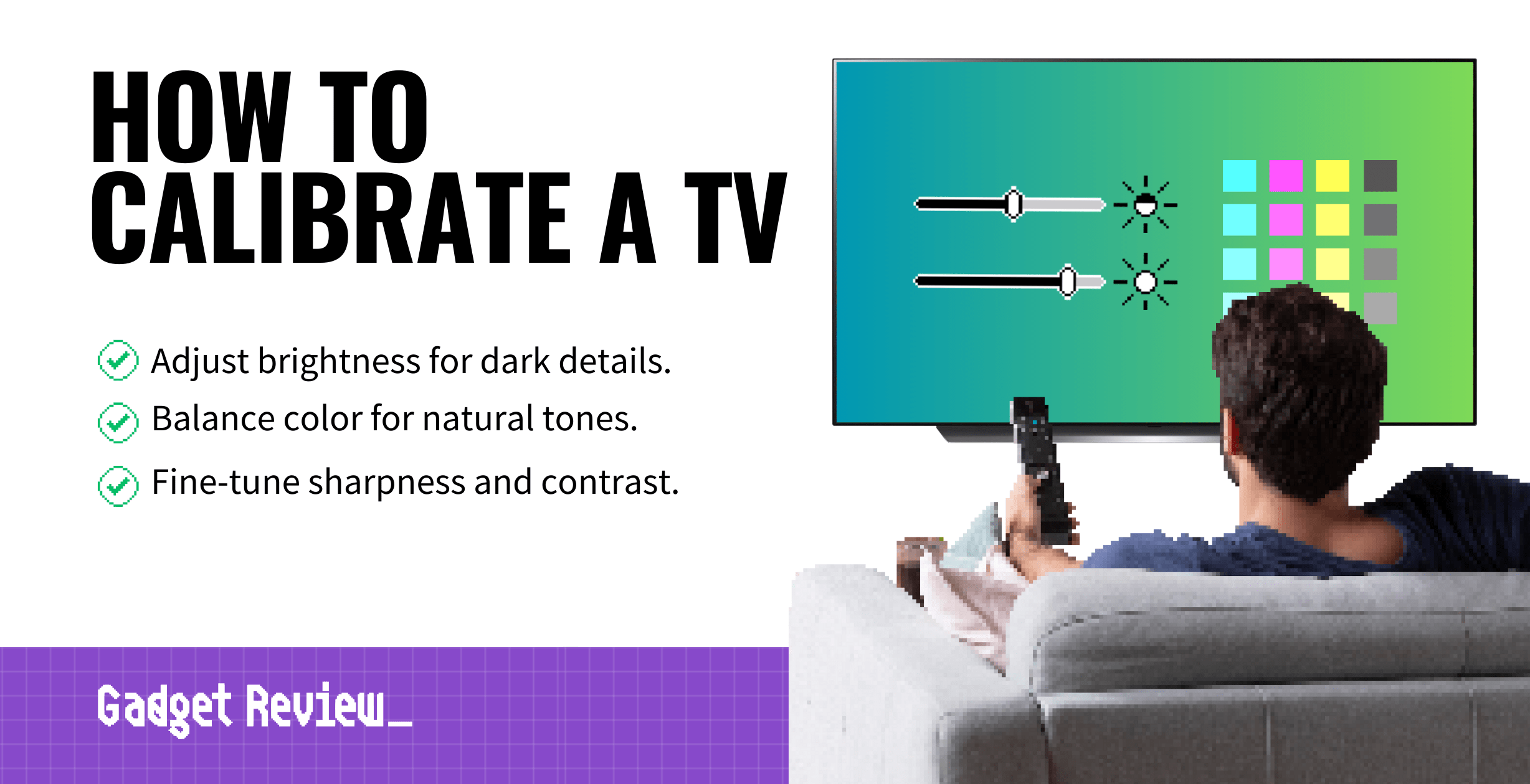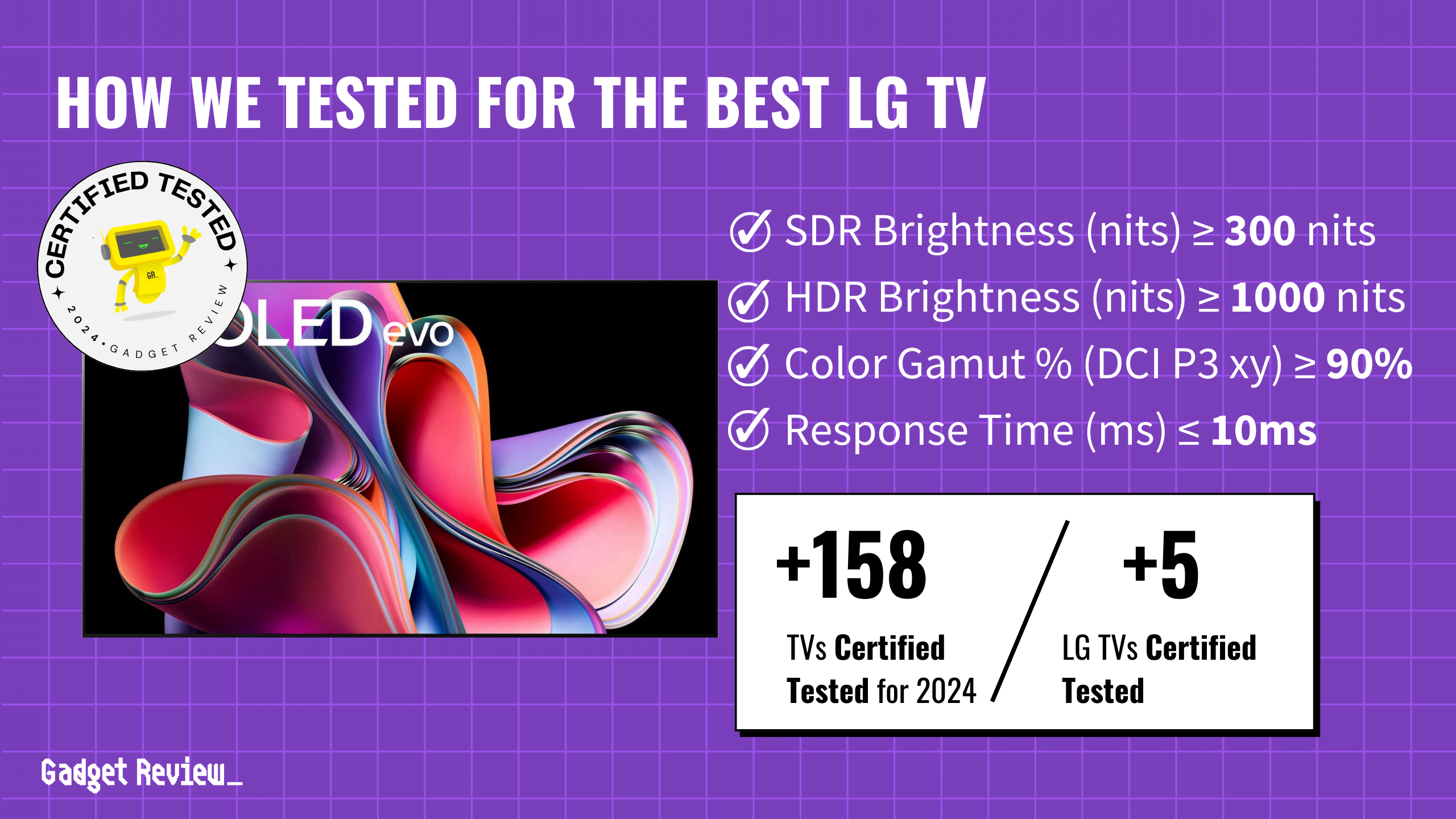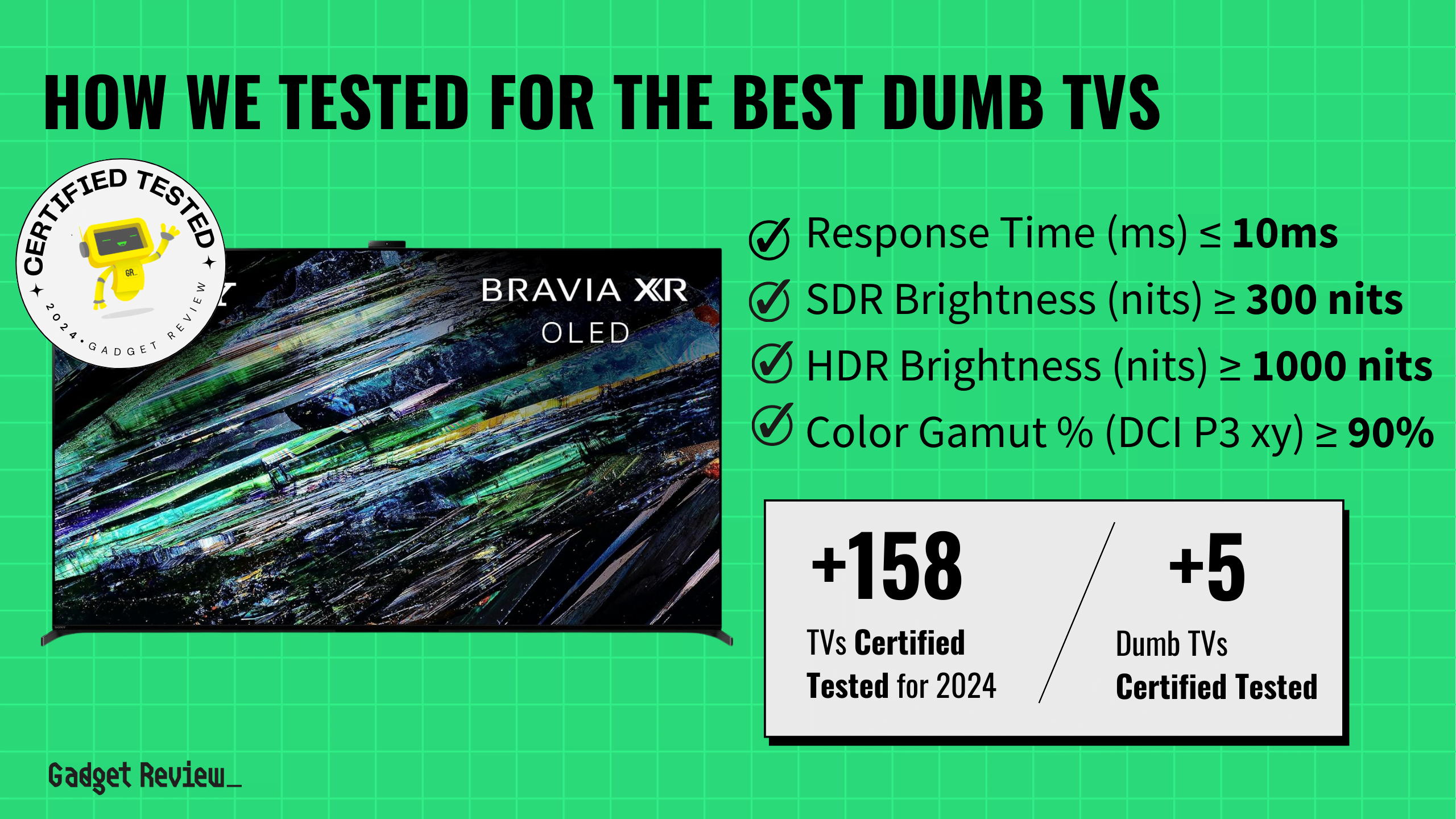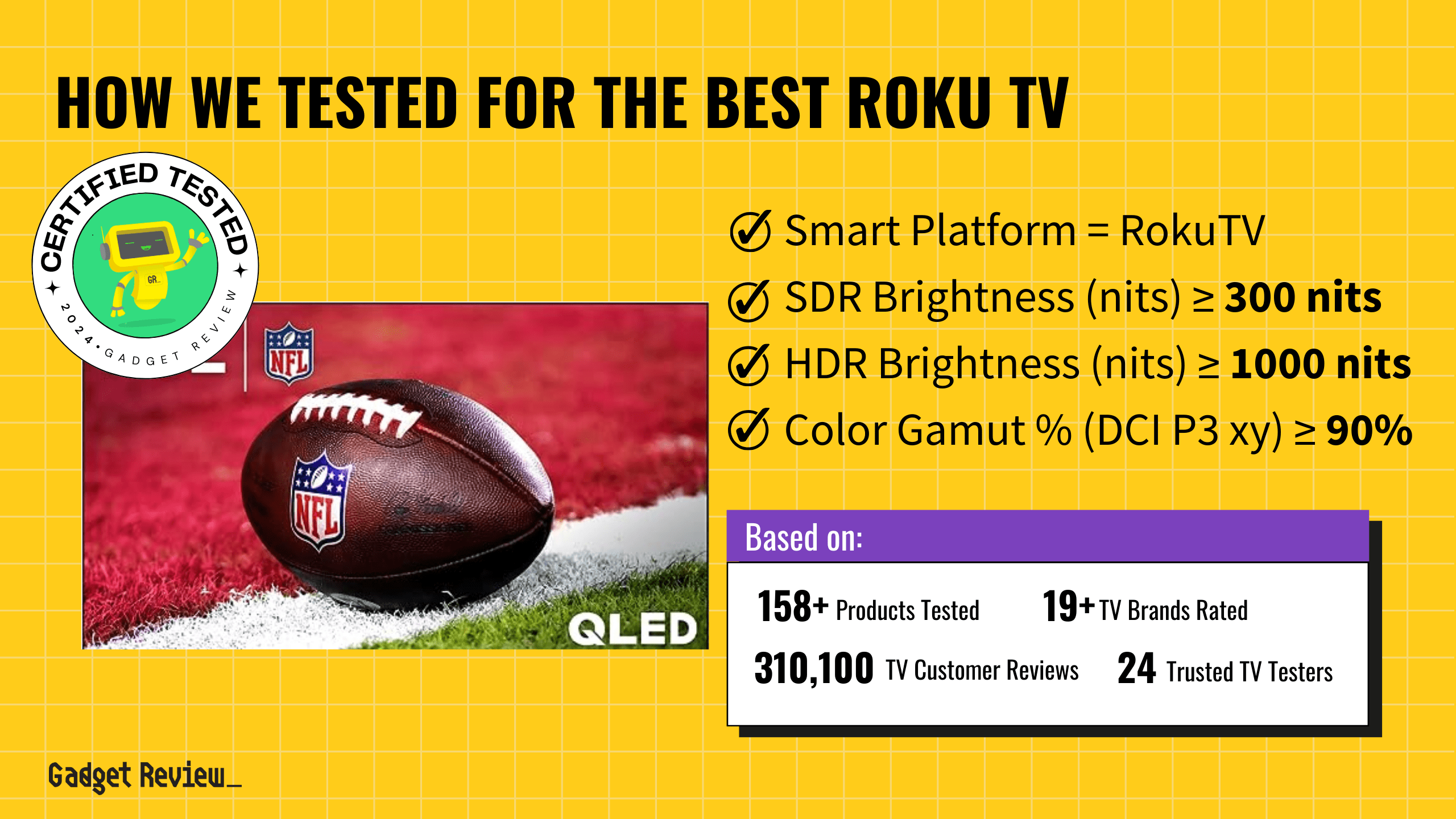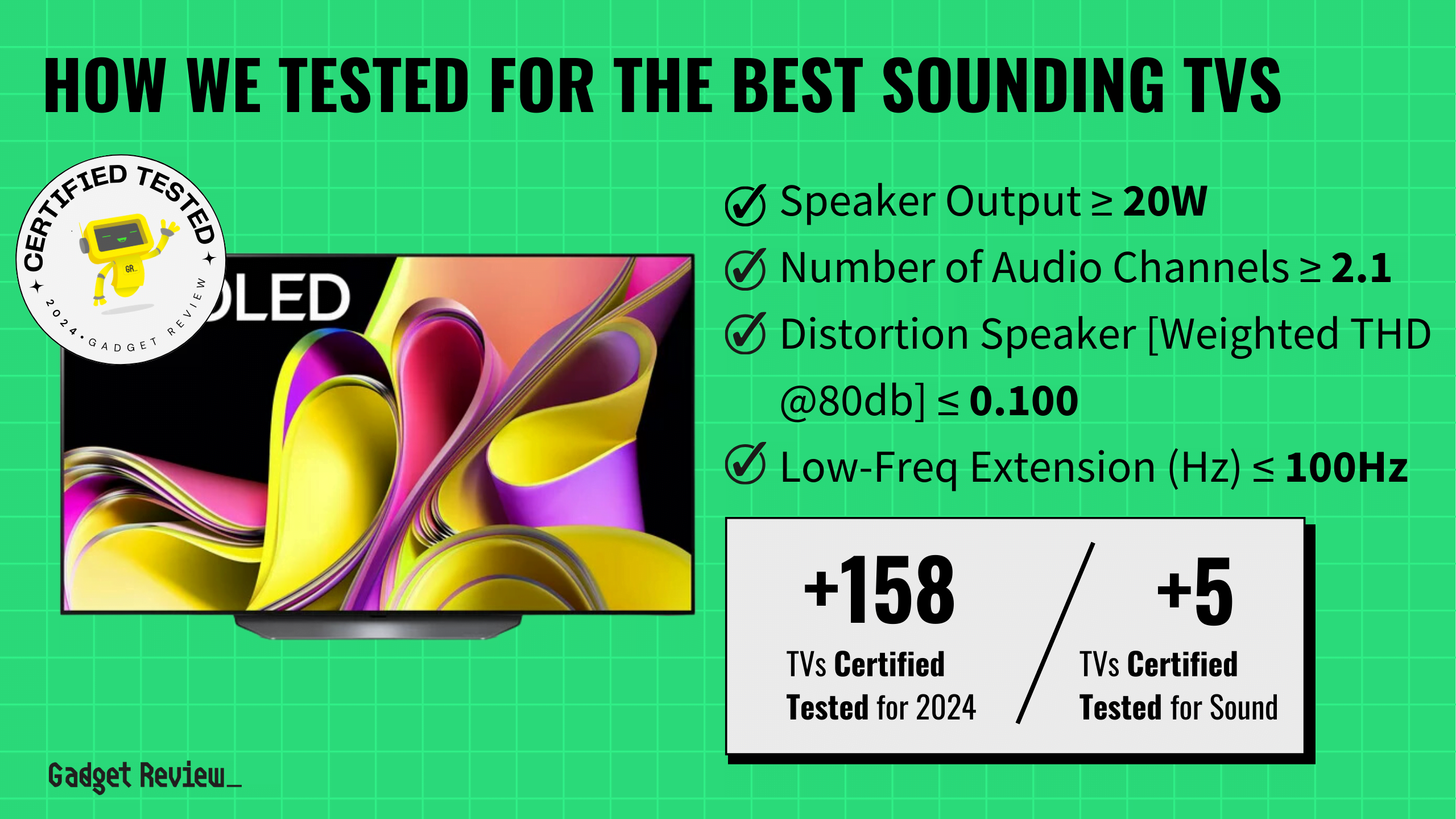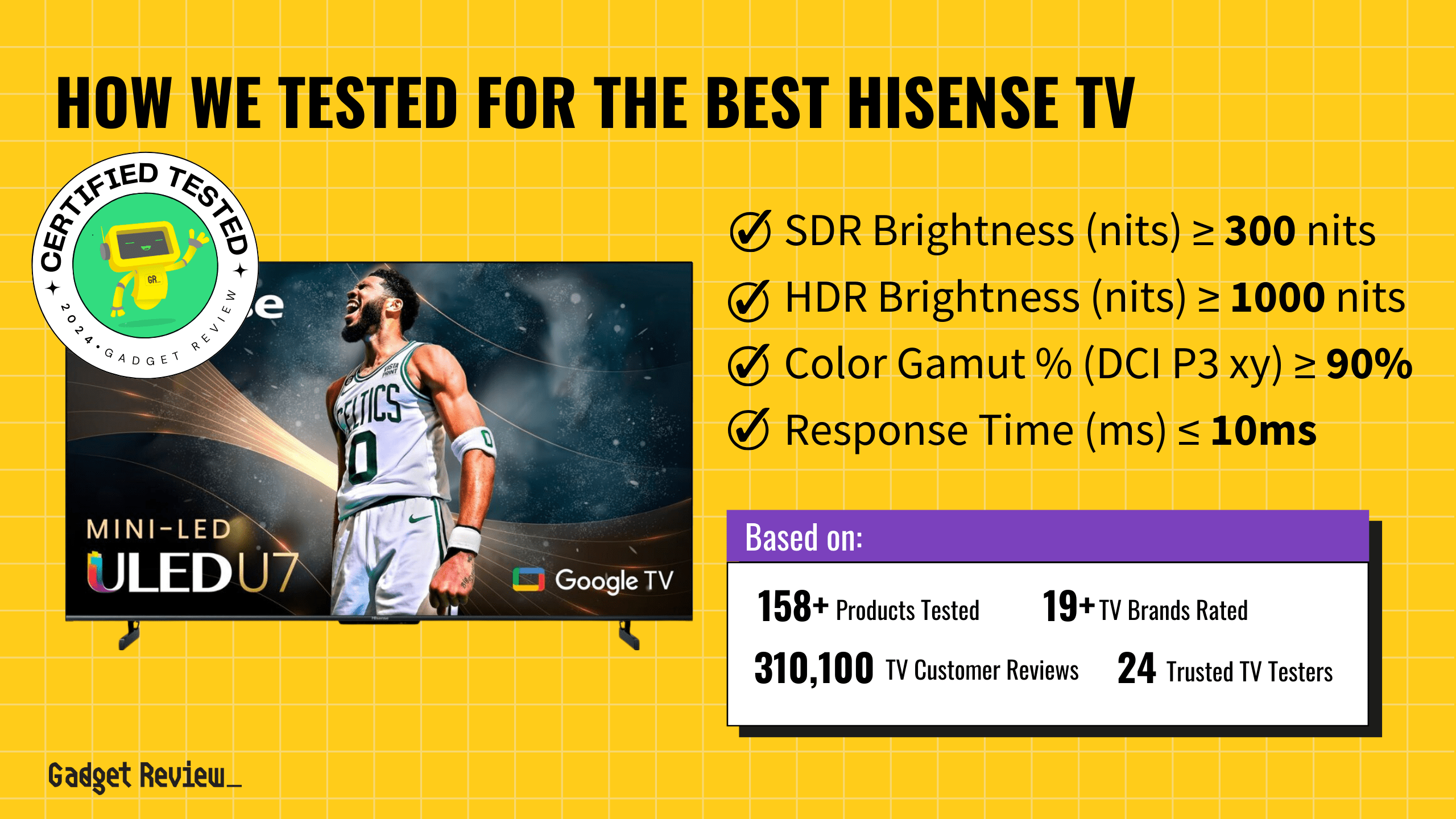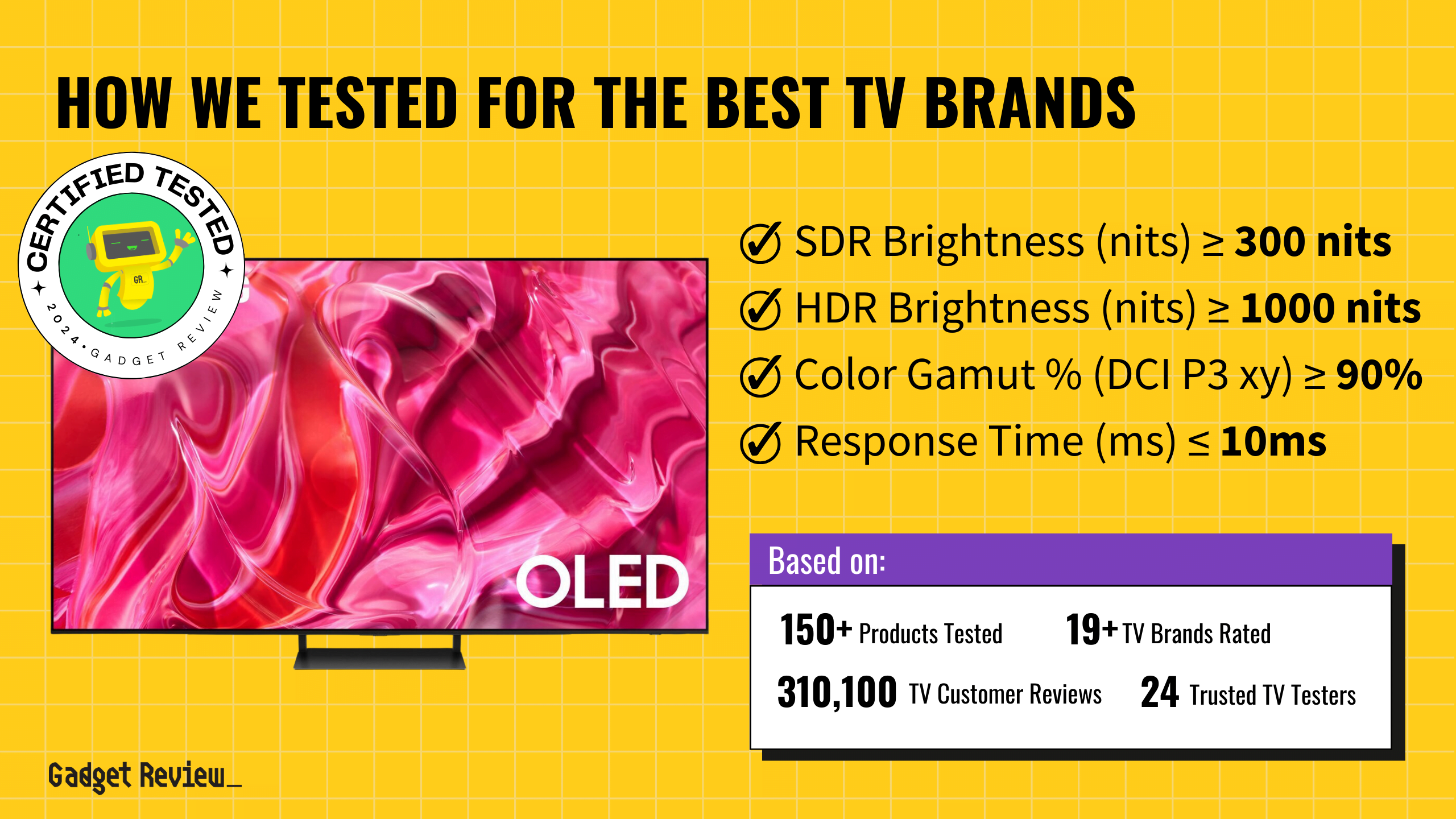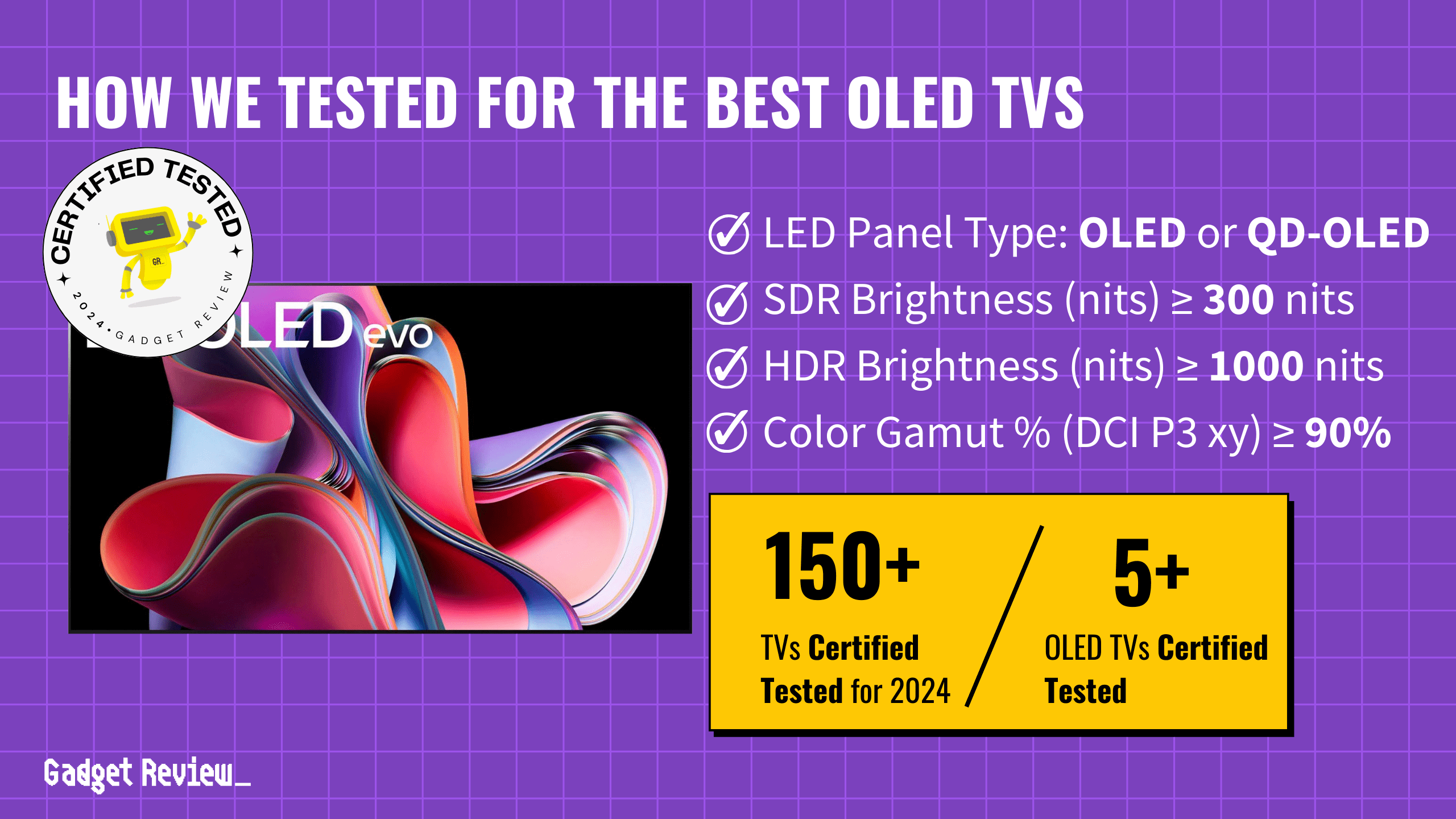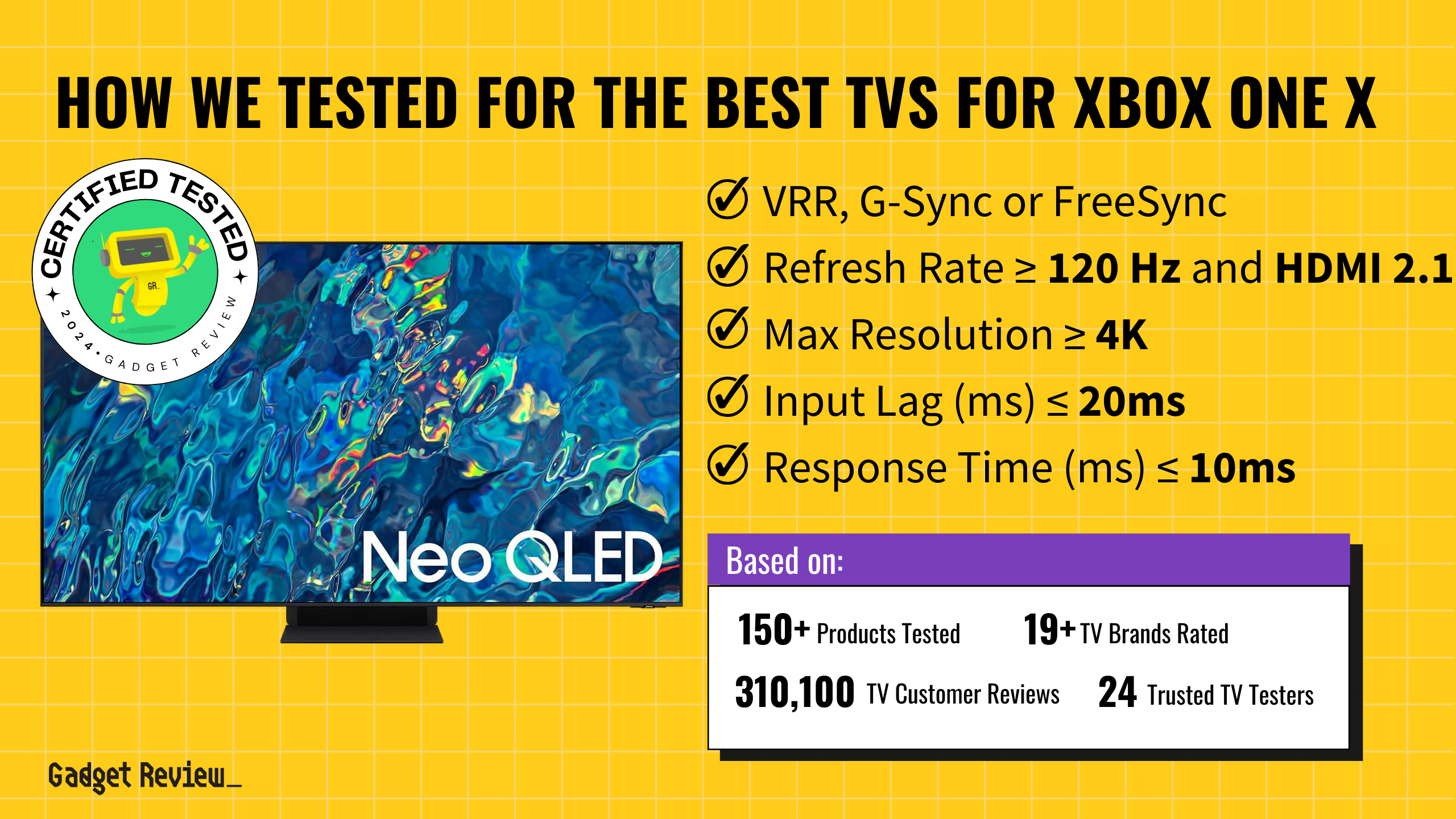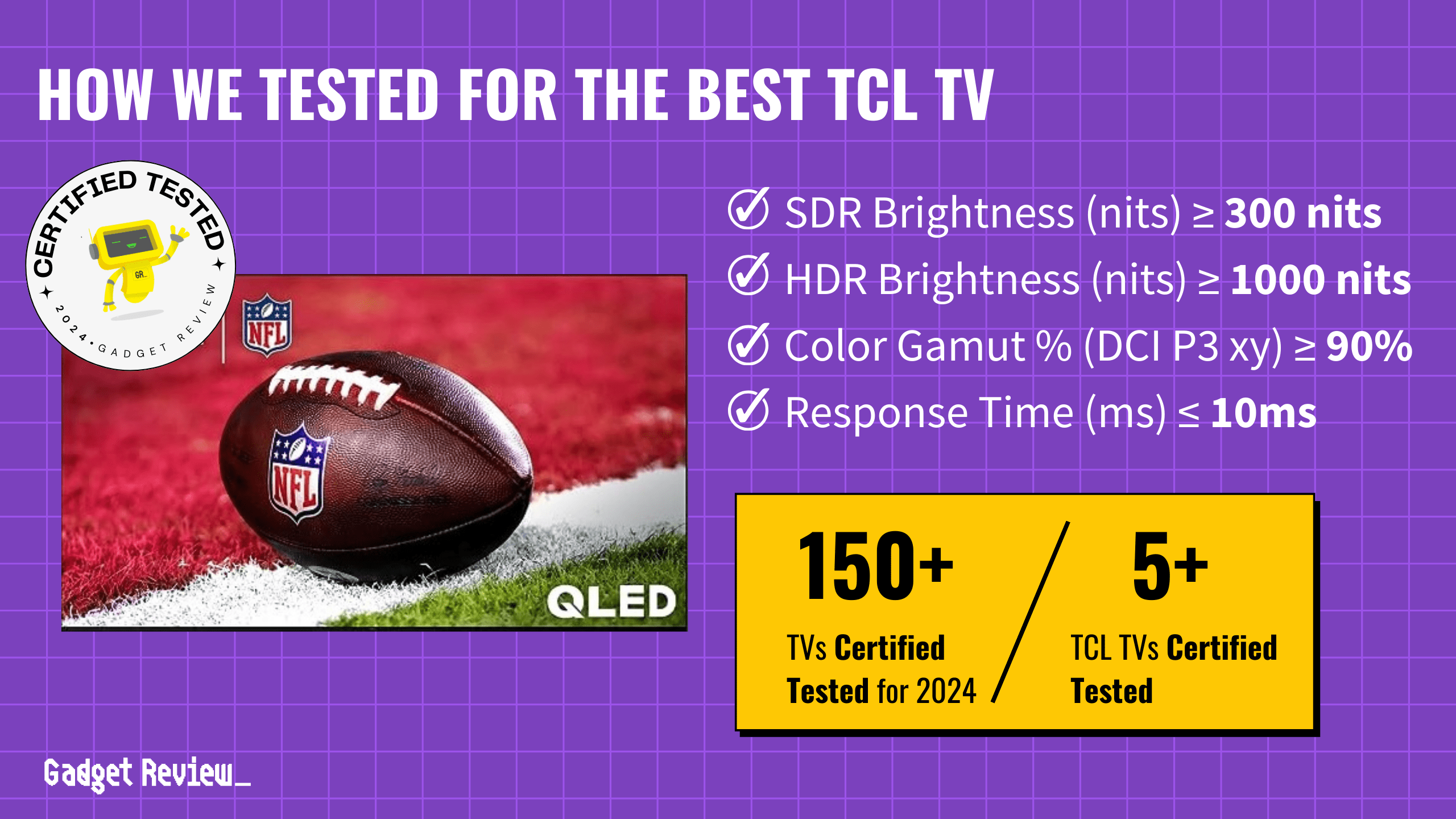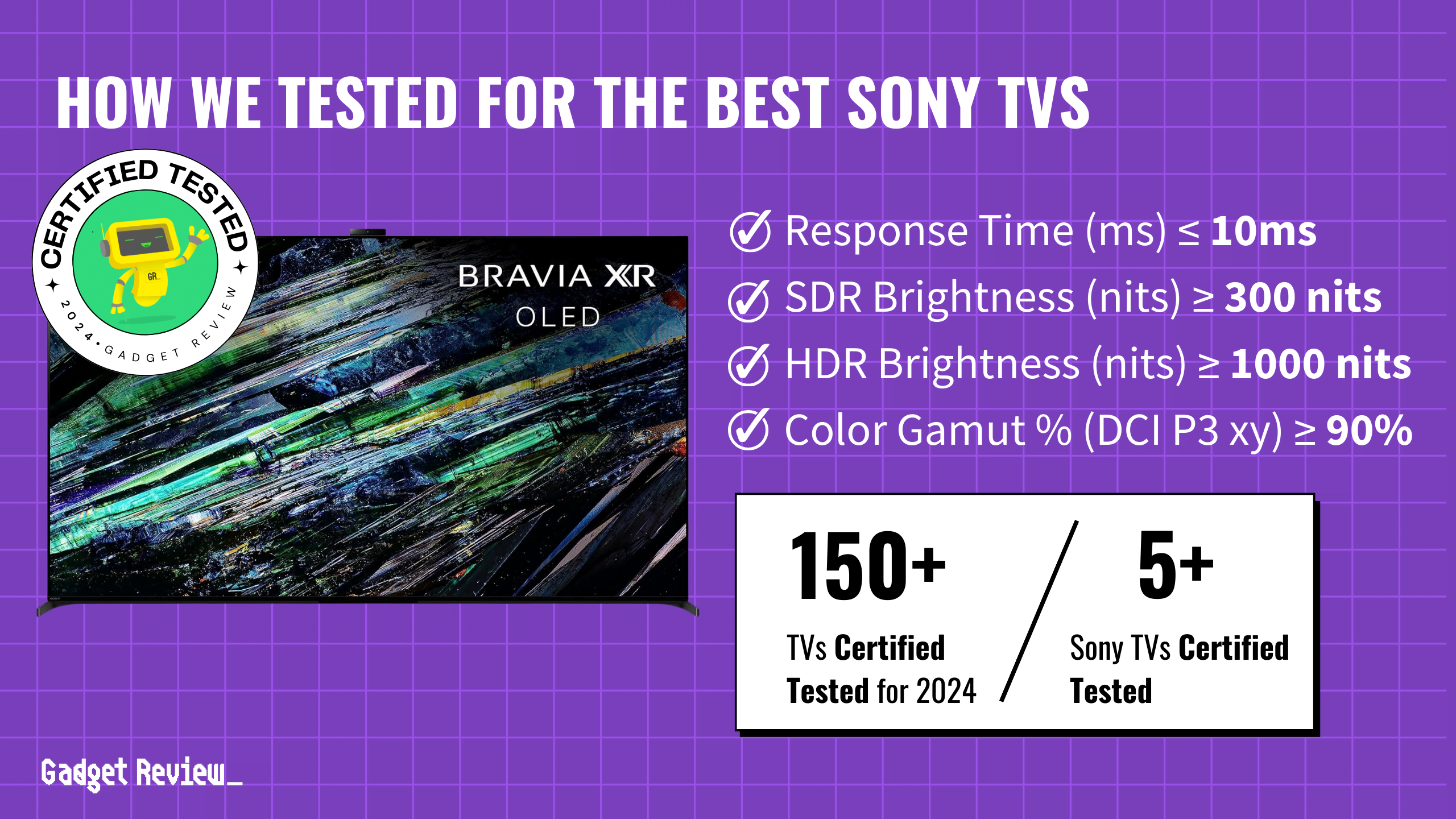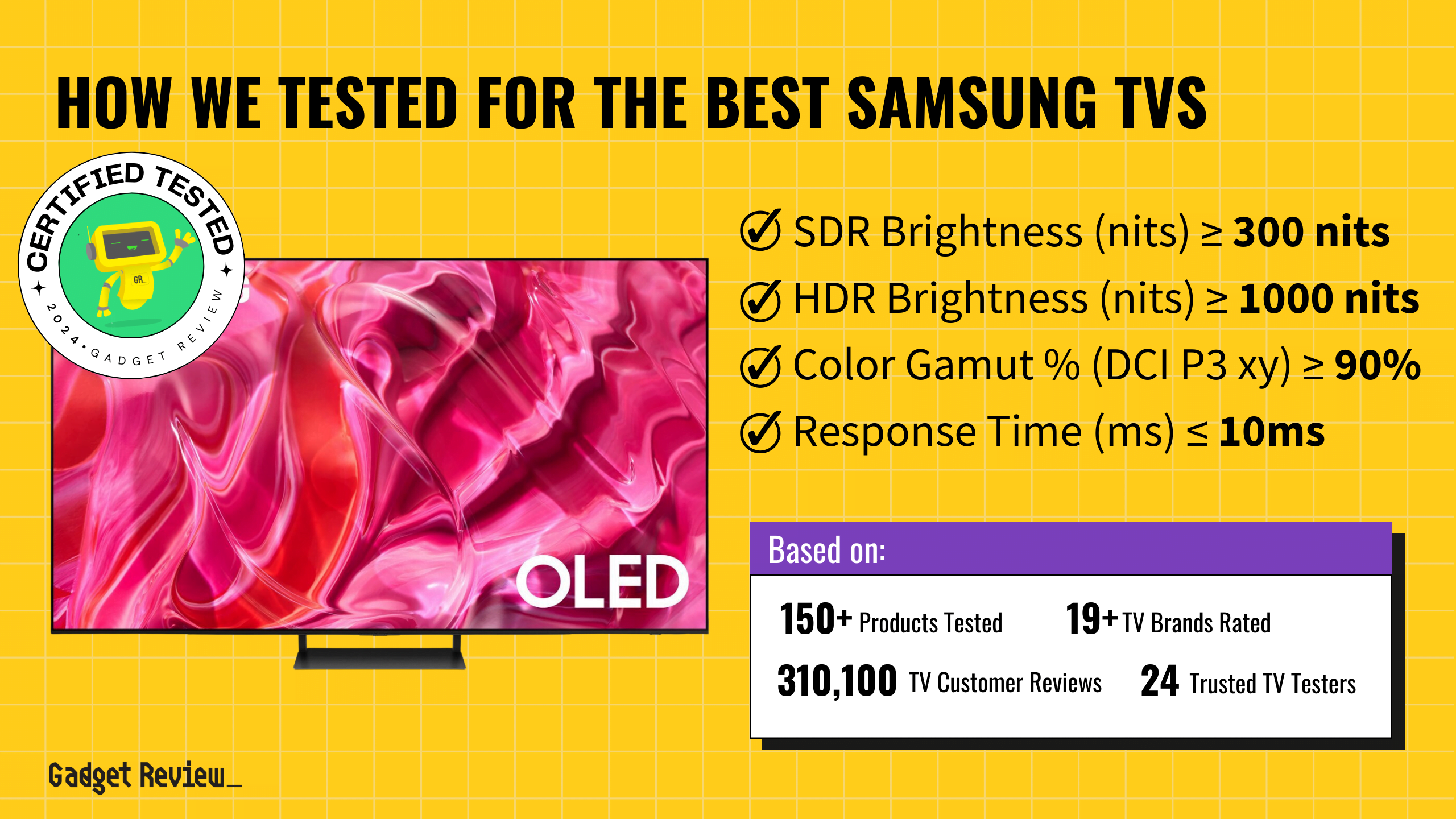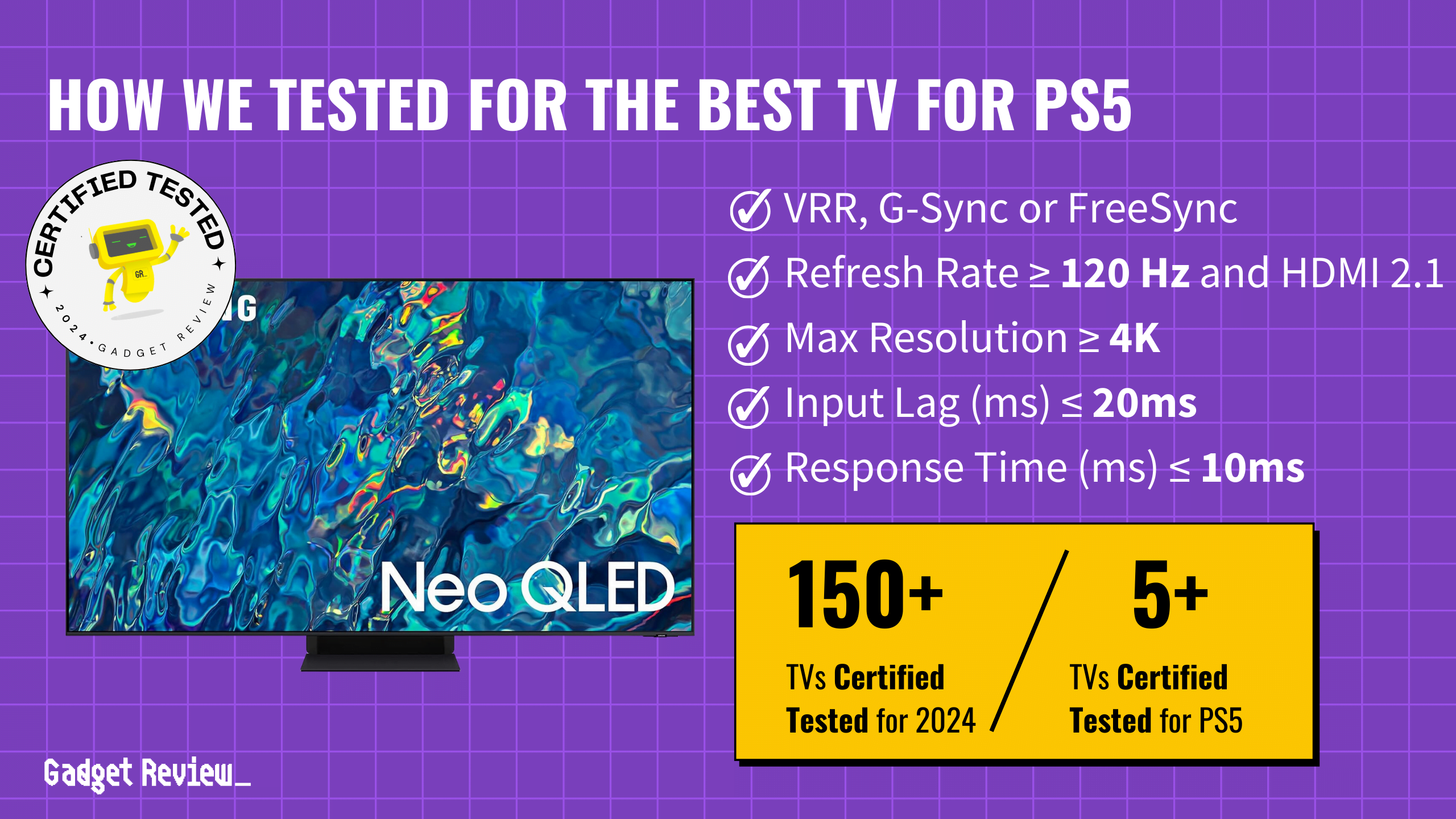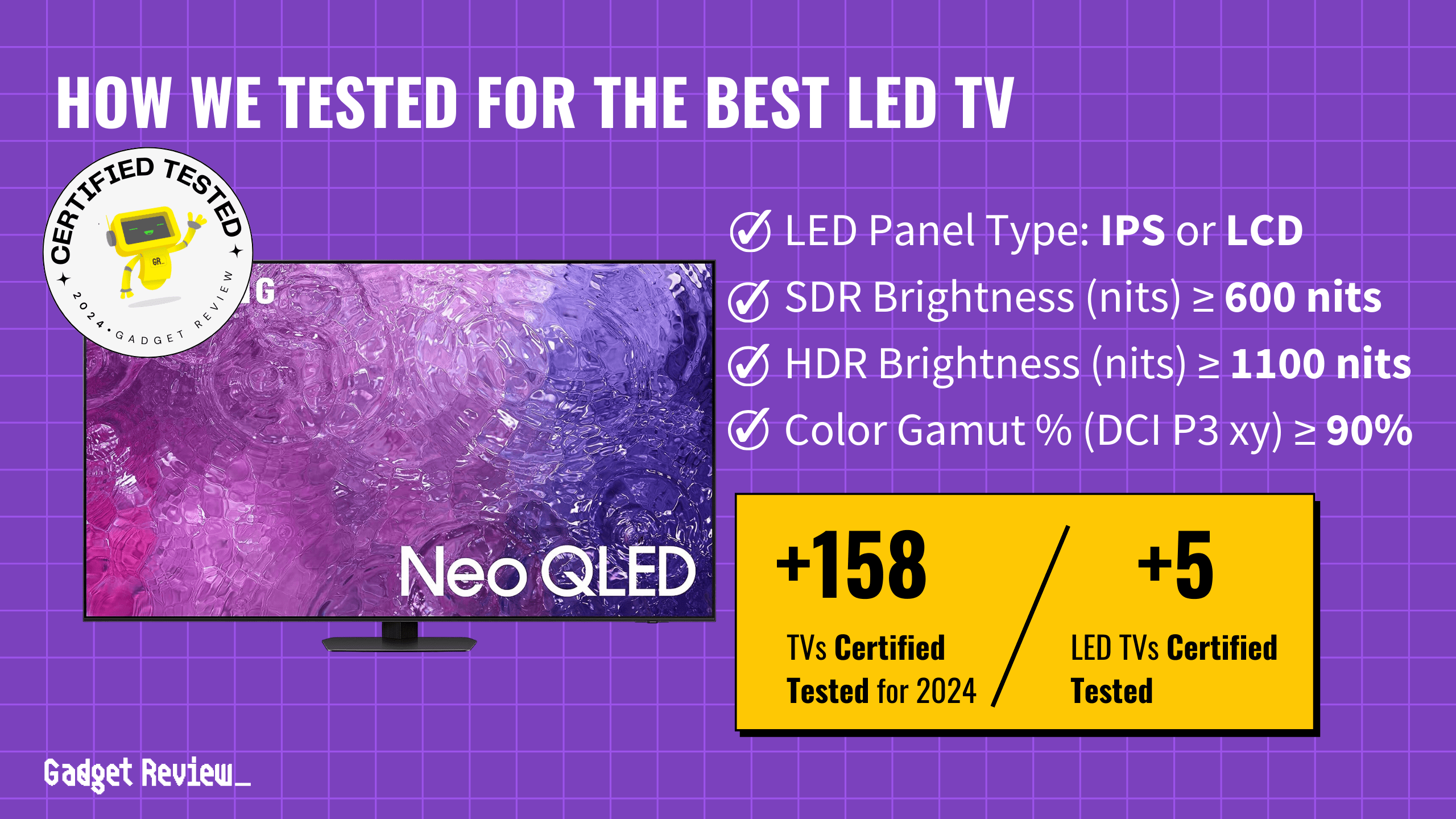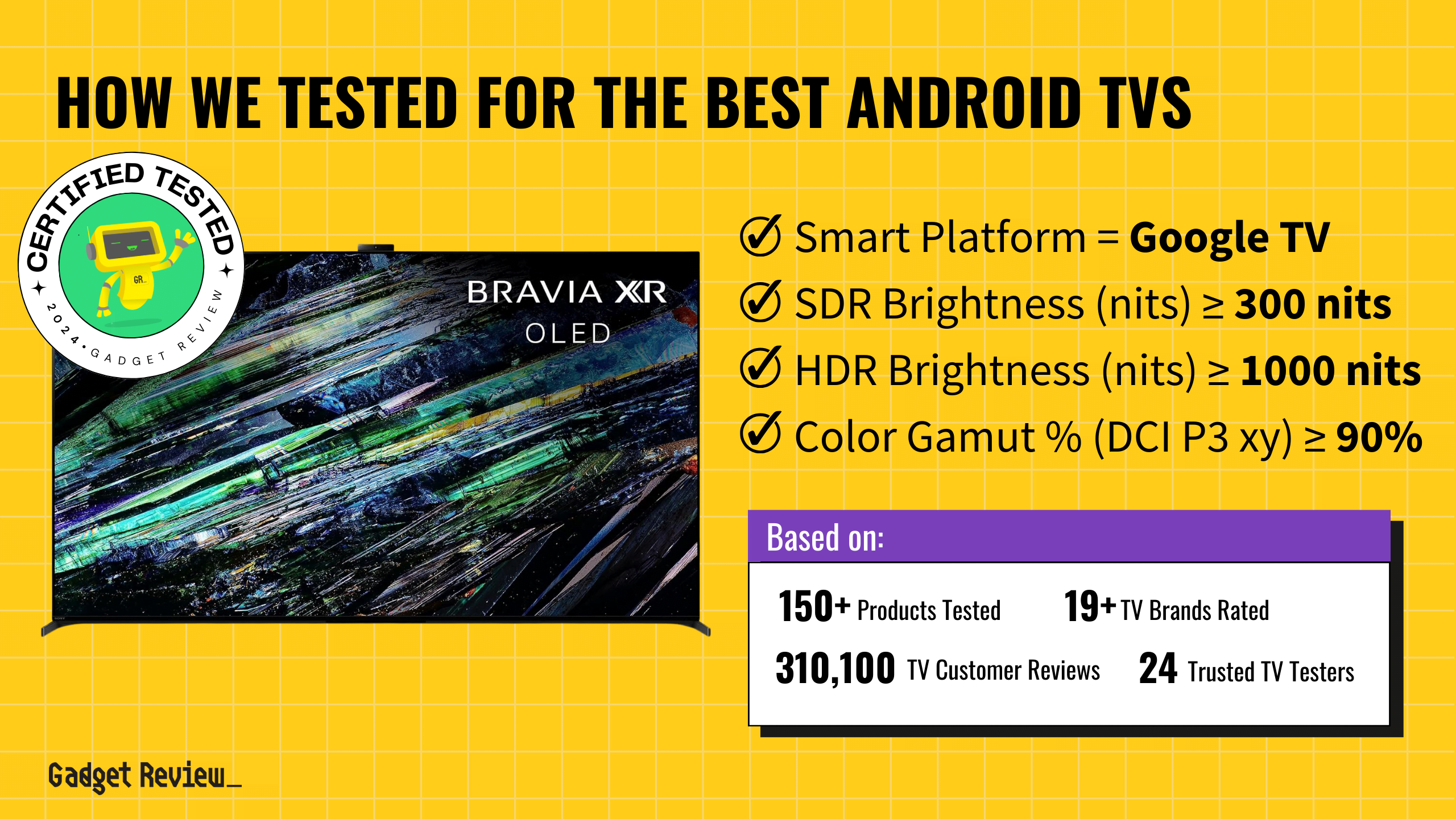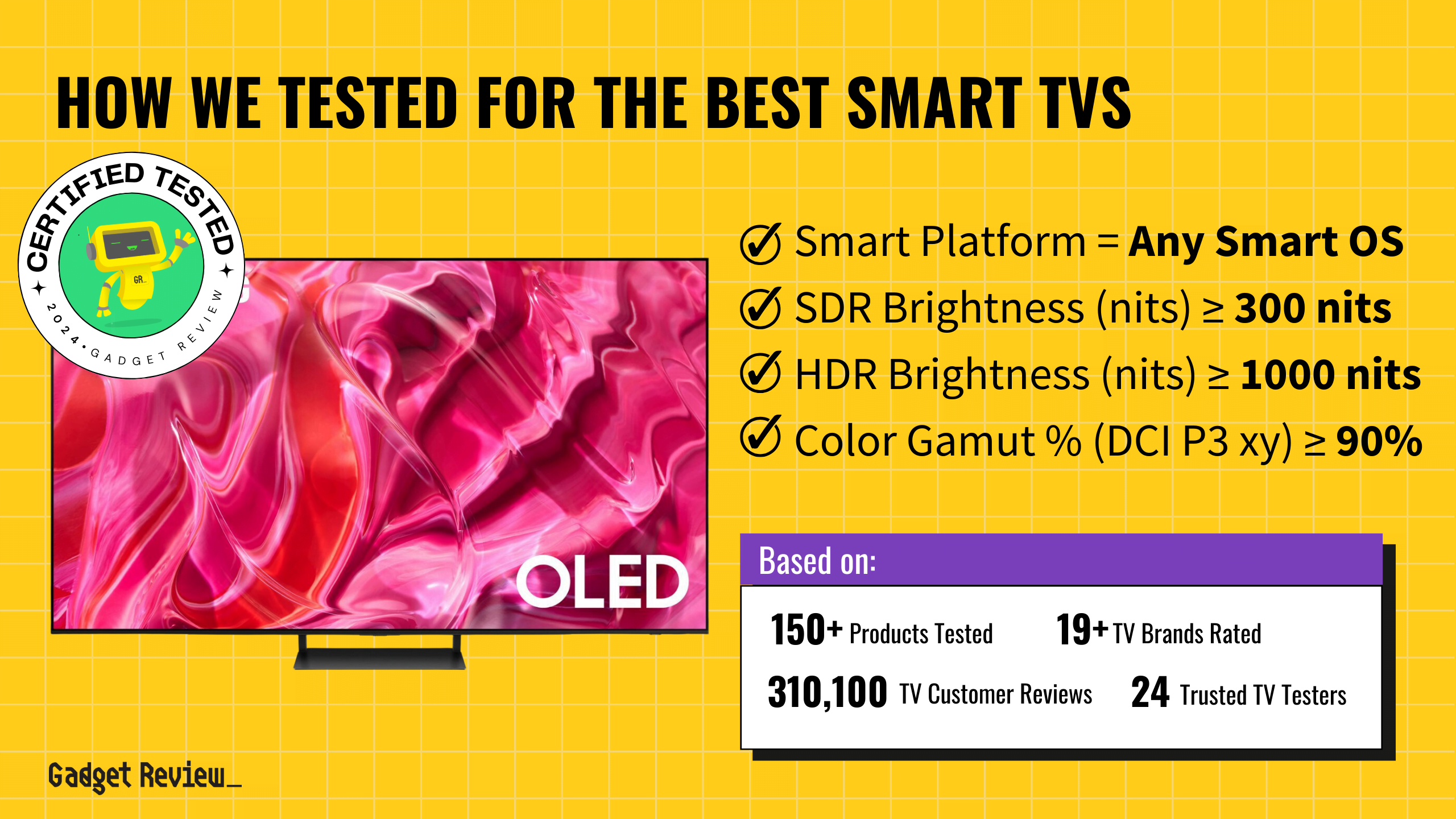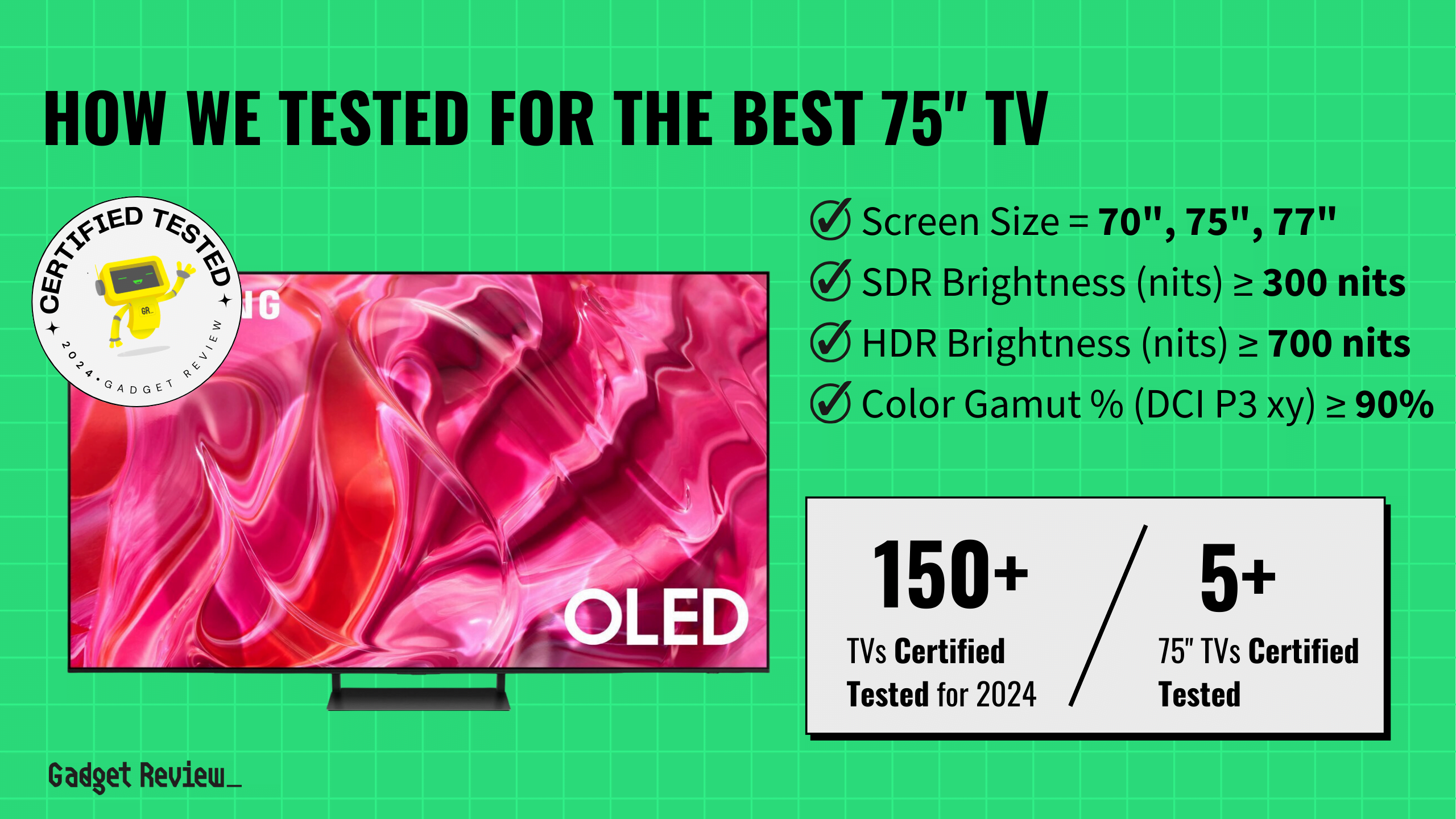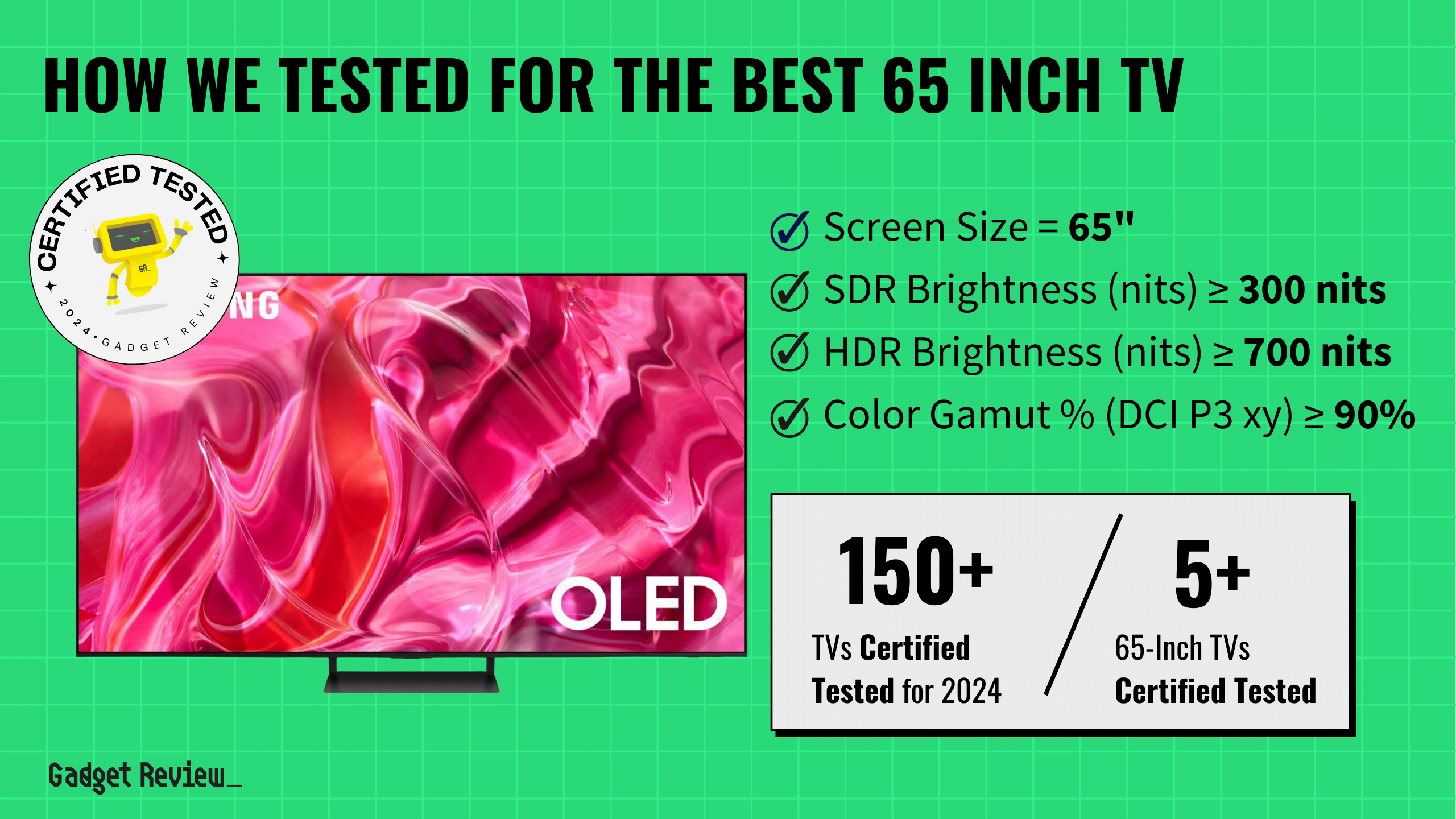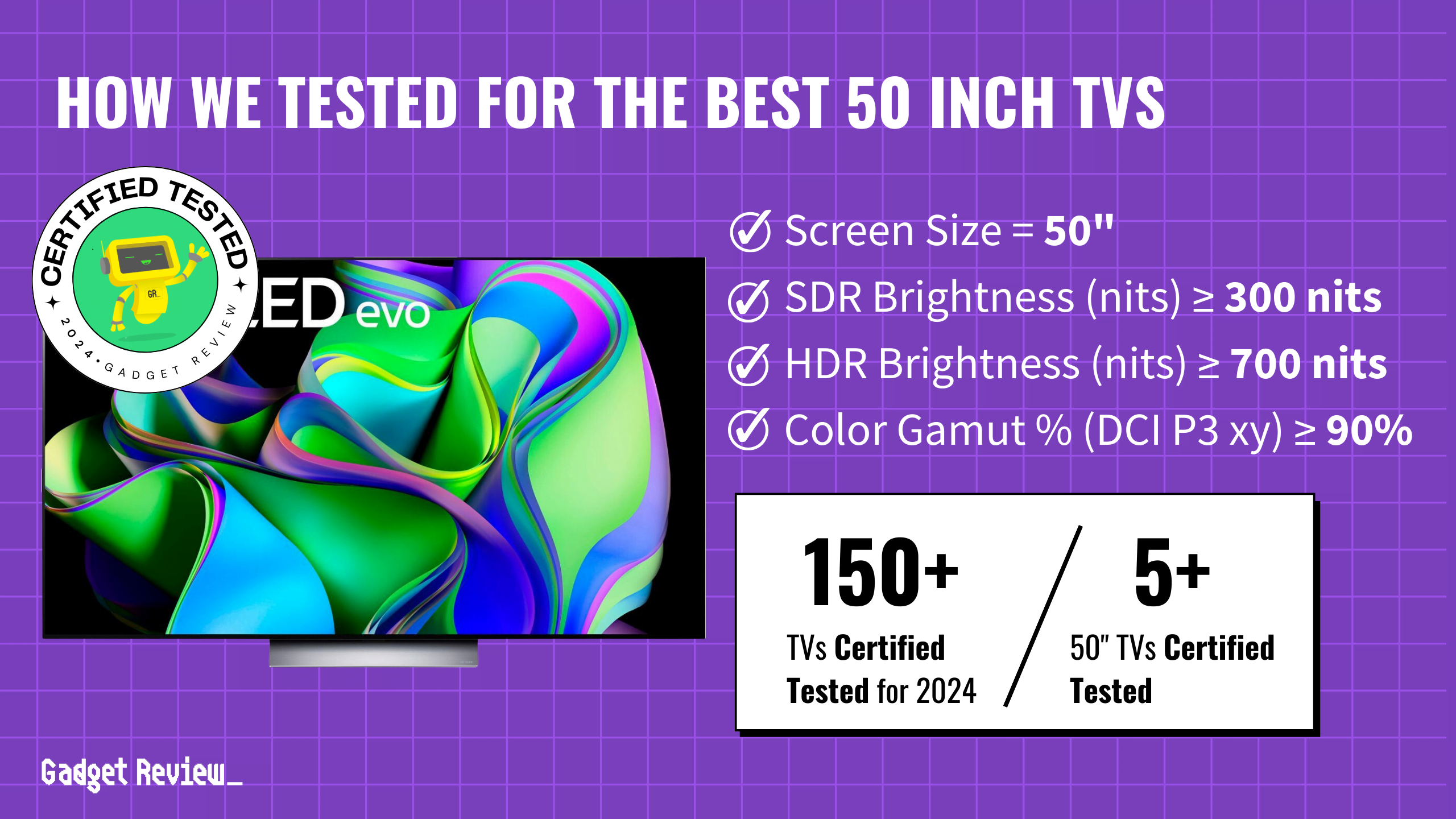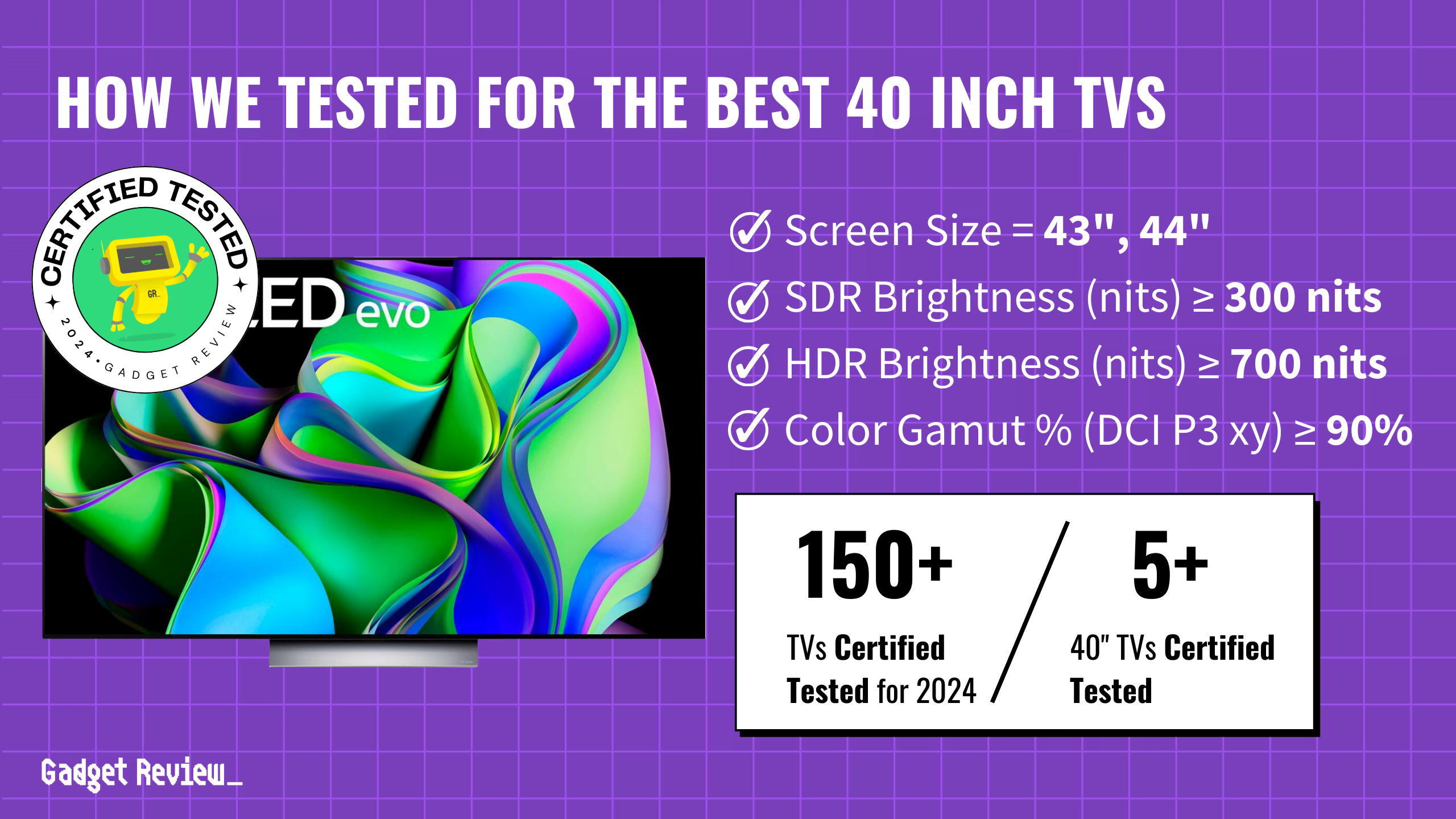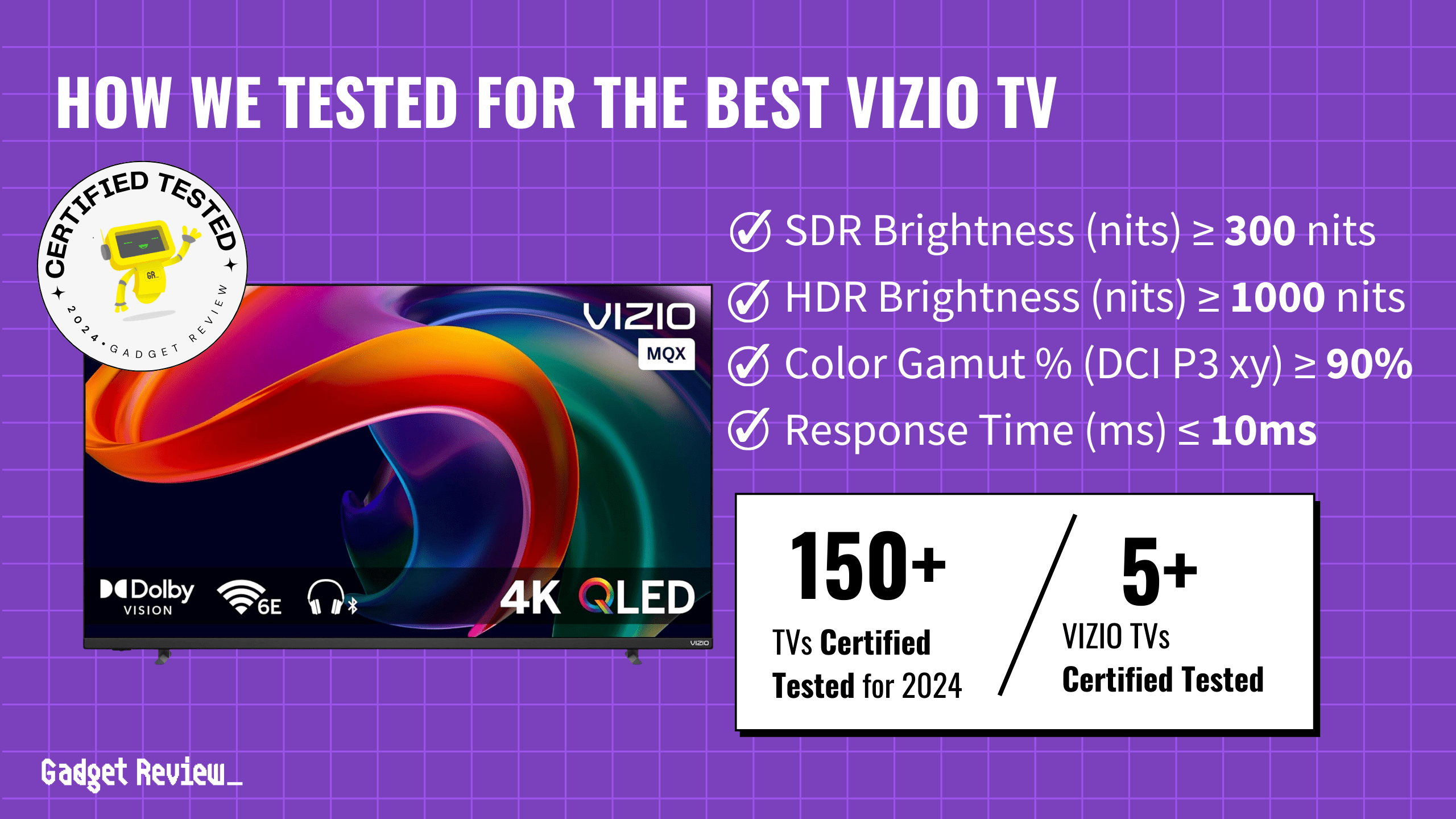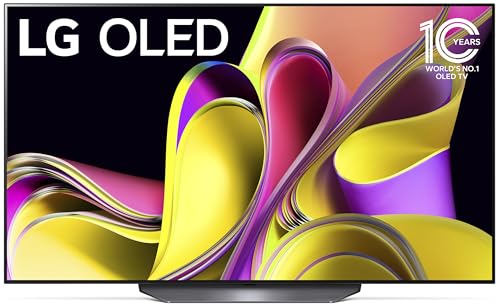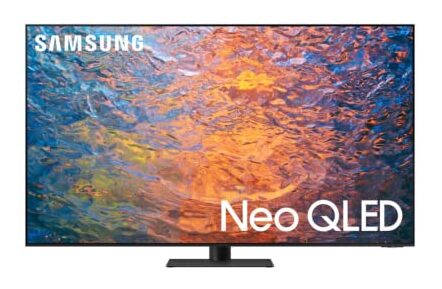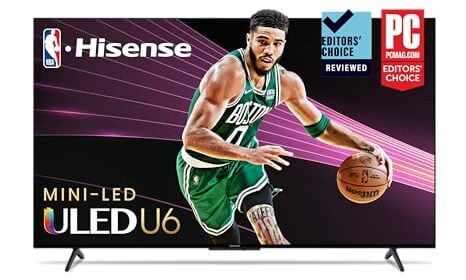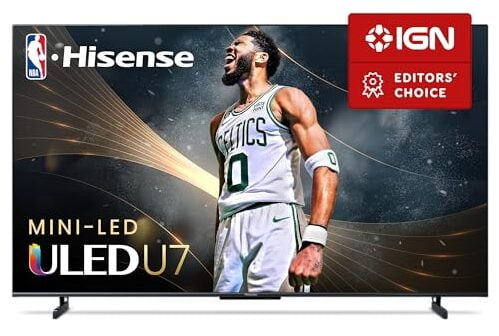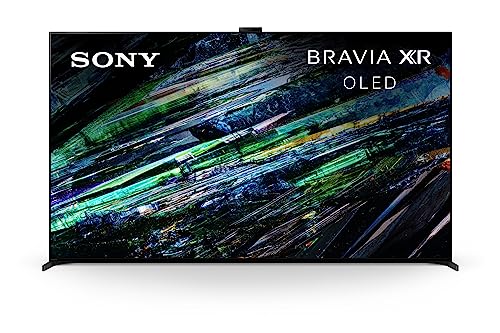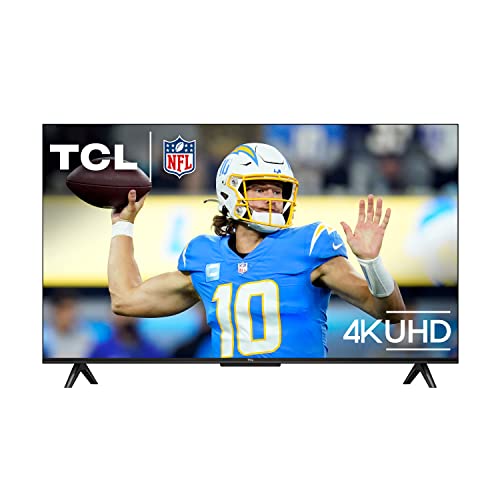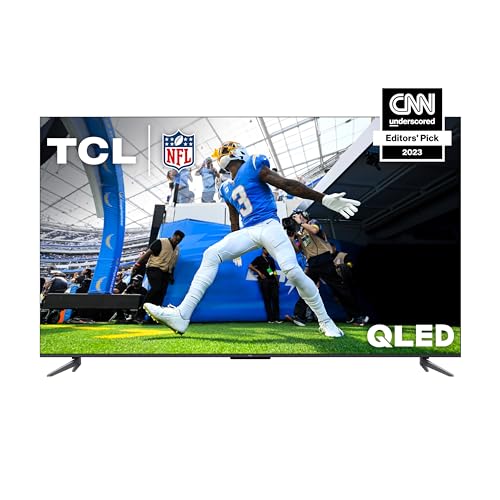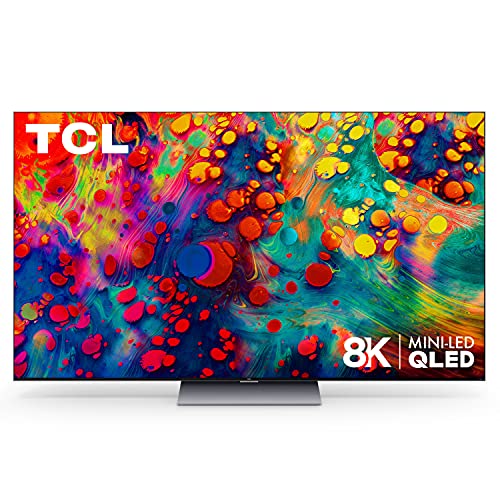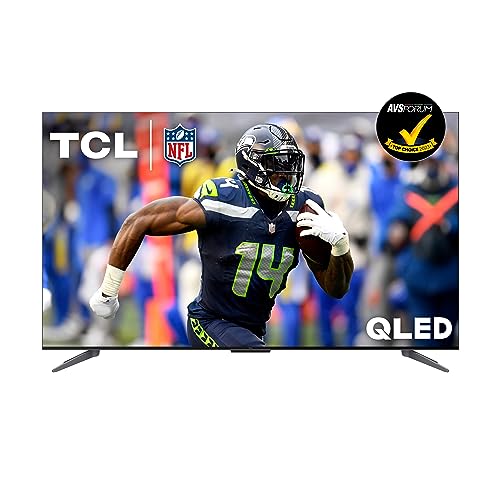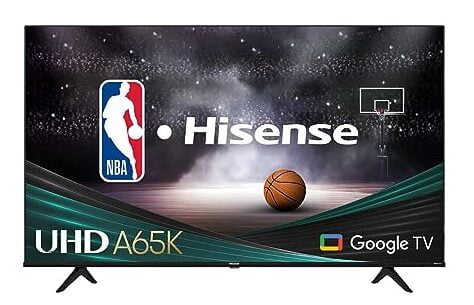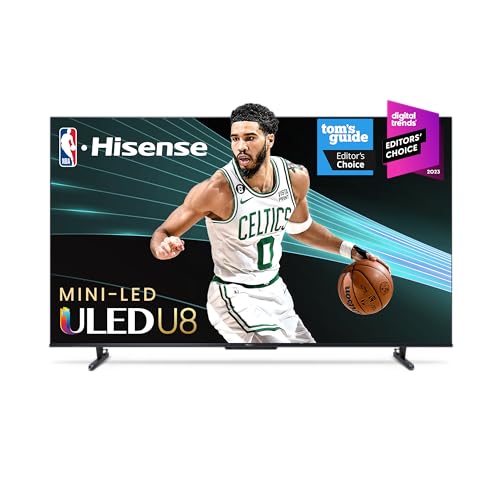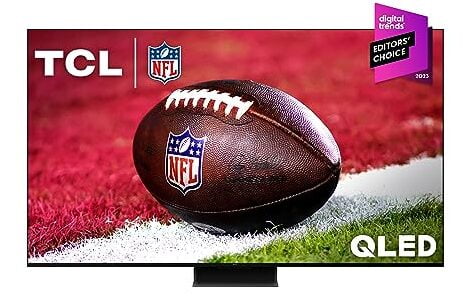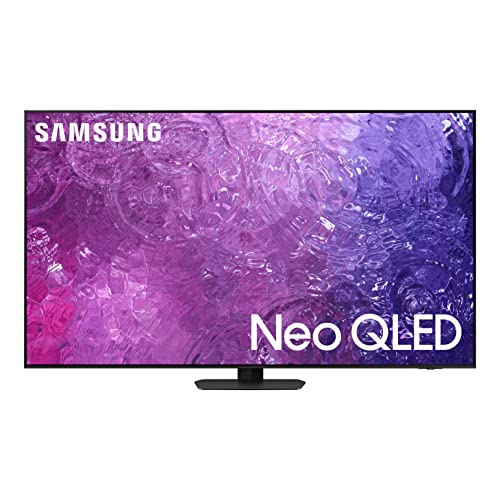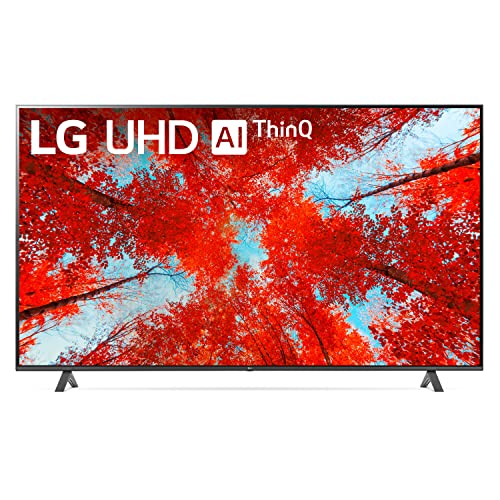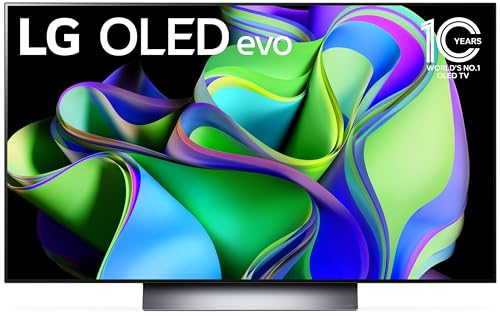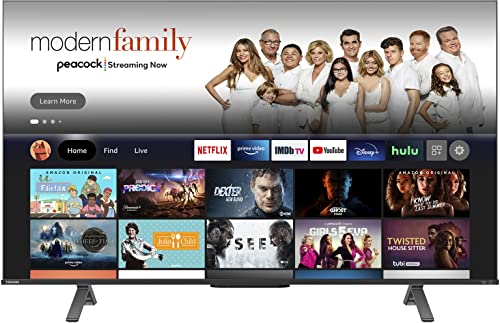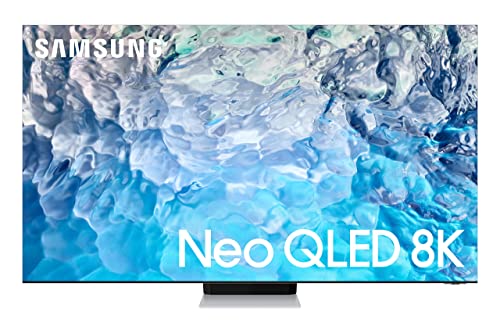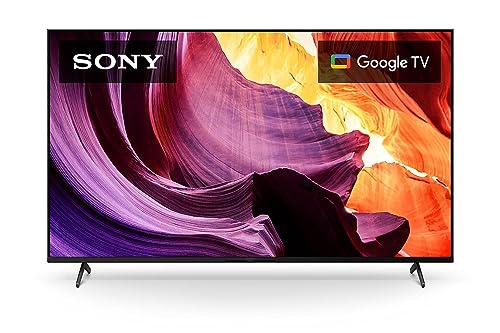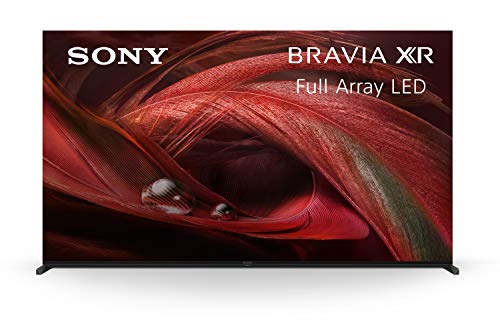4K and 8K are both resolutions used for digital displays, where the numbers represent the pixels each display has. The differences in these pixel amounts will impact the clarity, detail, and overall image quality of the content being displayed.
When you are shopping for the best TV, image quality is the most important factor. While many factors contribute to image quality, manufacturers use the TV’s resolution as the primary spec to convince consumers of their device’s display capacity.
Key Takeaways_
- 8K televisions are the highest TV resolution available for general consumption. They have four times the pixel count of 4K TVs and produce more detailed images.
- 4K TVs are the most popular among consumers. Many say they cannot perceive a difference between 4K and 8K at an average viewing distance.
- Taking full advantage of an 8K TV depends significantly on the display size and viewing distance.
Curious why? Keep reading as we examine the differences between an 8K vs a 4K TV and their benefits. For more information covering other TV resolutions, you can check out our articles covering 4K vs UHD TVs.
Which Is Better: A 4K vs 8K Comparison
TV resolution is calculated by taking the number of horizontal rows of pixels and multiplying them by the number of vertical columns of pixels. The resulting number will tell you the total individual pixels on a screen. The higher the pixel density, the more detailed and sharper the image will be.
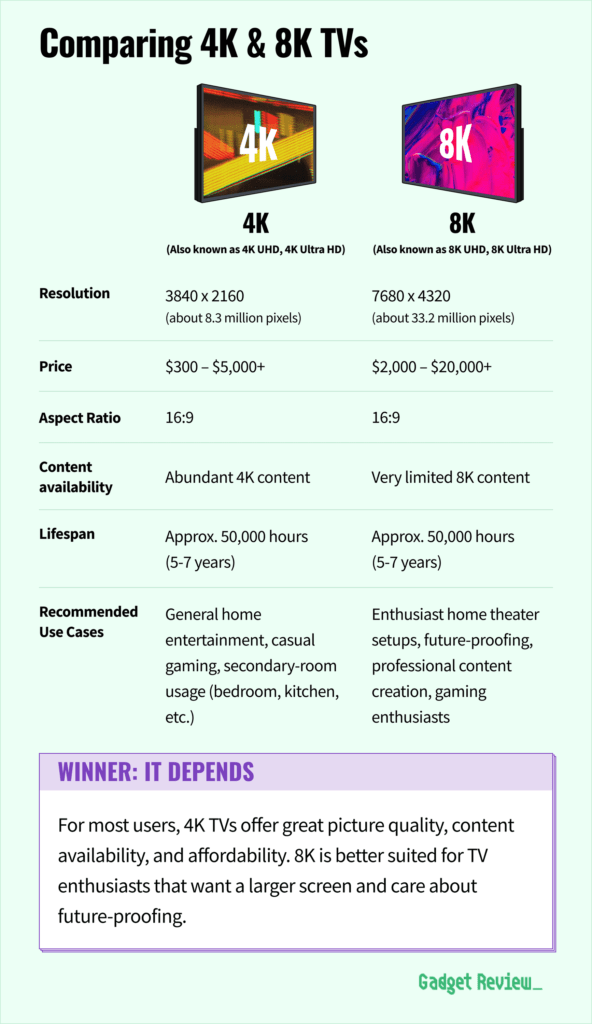
An 8K display has 7680 horizontal rows of pixels and 4320 vertical columns of pixels. The total comes out to just over 33 million pixels. It is four times the amount of a 4K television with just over 8 million pixels. Knowing how many pixels you have on your television is the easiest way to determine how good the resolution of your TV is.
If you are wondering how do I know if my TV is 4K, look at the number of horizontal and vertical lines. A 4K resolution will have approximately 3840 x 2160 pixels.
Image Quality
While the sheer difference in pixel count may sound impressive, many say that the dynamic range of the 8K display is hardly perceptible to the human eye. However, the actual effects of the additional pixels reveal themselves when images are shown on screen sizes above 65 inches. For the best results on an 8K display, experts recommend getting at least an 80-inch TV.
4K resolution will still be very sharp and detailed, but much like when the change from 1080p to 4K happened, most people won’t be able to tell the difference when viewed from a normal distance. The noticeable differences come with larger screens.
Compatible Content
While 8K TVs hold a definite edge over 4K when it comes to resolution, there is a scarcity of content compatible with 8K TVs. There are numerous TV shows and films being recorded on 8K cameras, but they are not readily available to consumers.
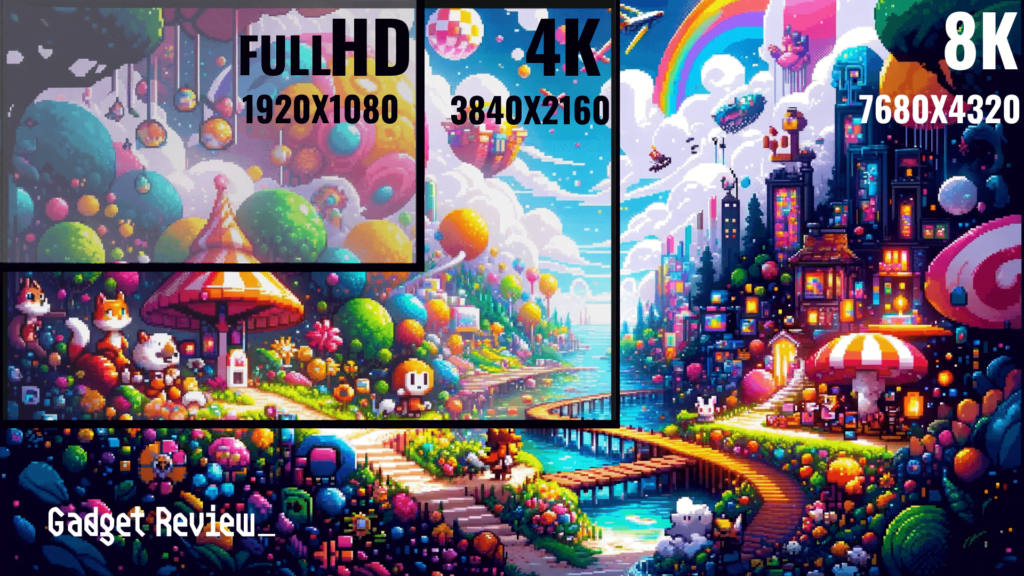
As of this writing, there is a limited amount of 8K content available from YouTube and Vimeo. Additionally, the newest gaming consoles, Sony’s PS5 and Microsoft’s Xbox Series X, both support 8K. However, there are very few titles that take advantage of this.
4K is the current most common resolution available for TVs. As such, there is a plethora of content available, including television, films, streaming, and gaming. Just as 4K overtook 1080p, 8K will eventually overtake 4K once the price to manufacture the televisions comes down enough for the average consumer to purchase.
Cost
It should come as no surprise that 8K display technology is still wildly expensive compared to well-established 4K models. 8K units can cost from a couple hundred to several thousand more than 4K TVs depending on brand, size, screen technology, and more.
For instance, OLED displays are more expensive than QLED displays. So if you have to have an 8K TV, you can look for one with QLED to save some money. You can learn more about this comparison in our article on OLED 4K vs QLED 8K.
STAT: Sales forecasts show that 8K TVs will only account for 3% of the total UHD market by 2023. (source)
Additionally, if you want an 8K TV, be sure to check out our guide on the best 8K TV. However, unless you are trying to future-proof your next TV purchase, you may be better off waiting until prices come down and more content is available.
Regardless of the resolution you choose, follow our guide on the best place to buy a TV to ensure you get the best deal possible.

